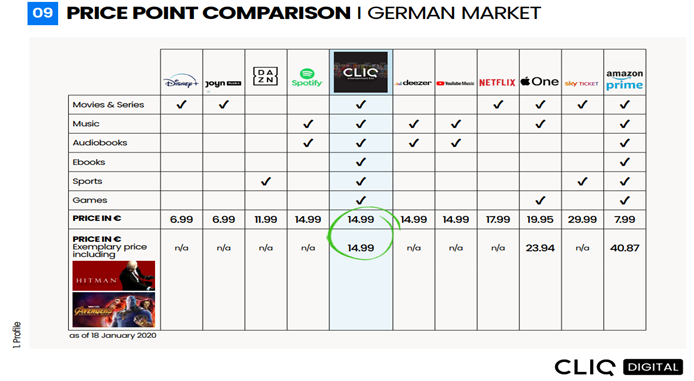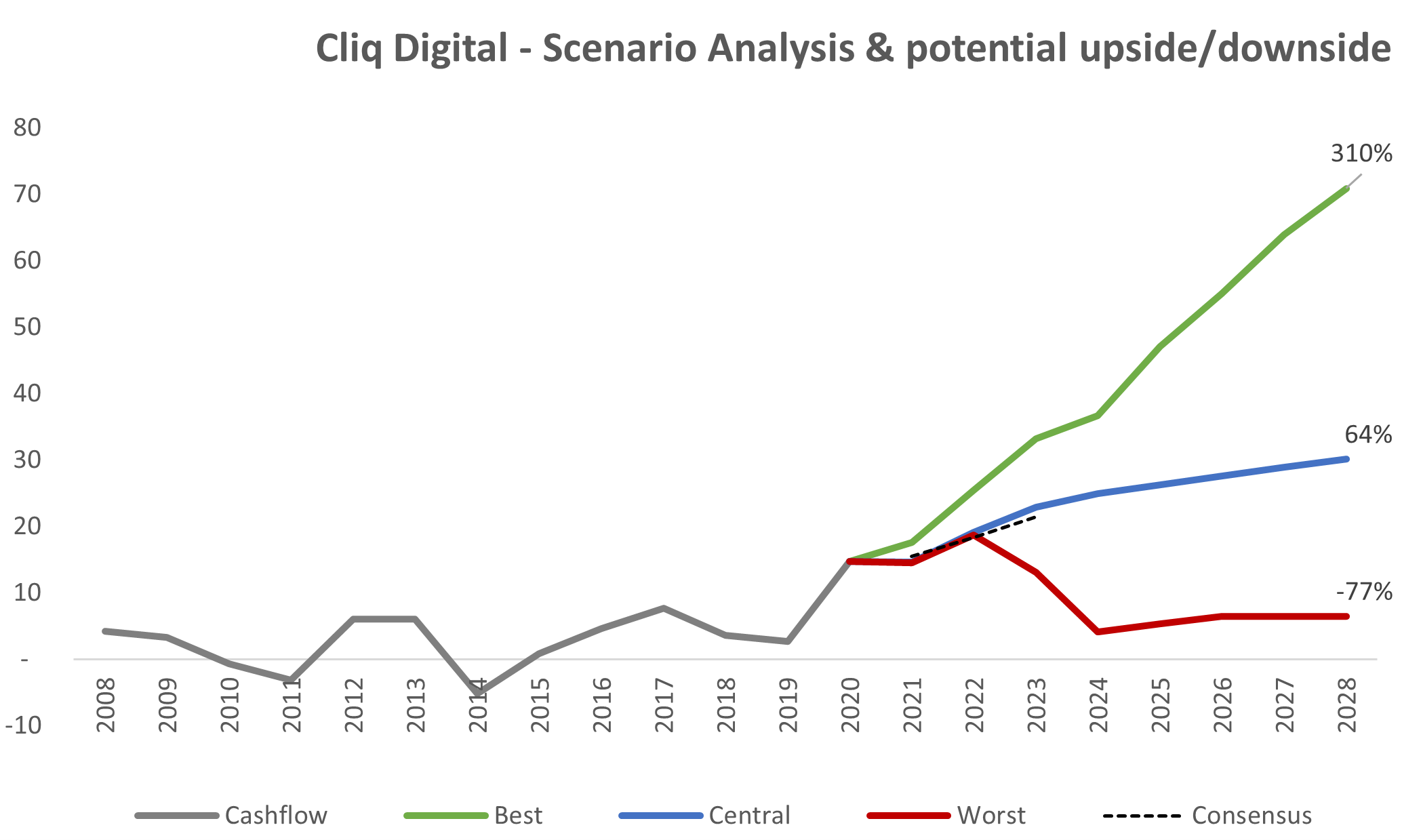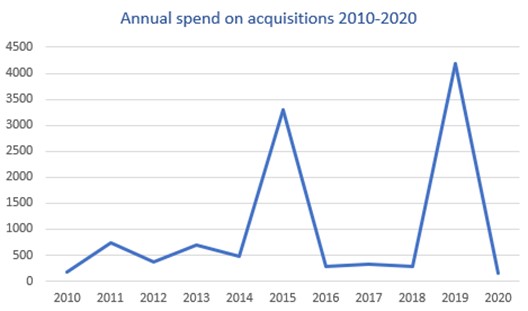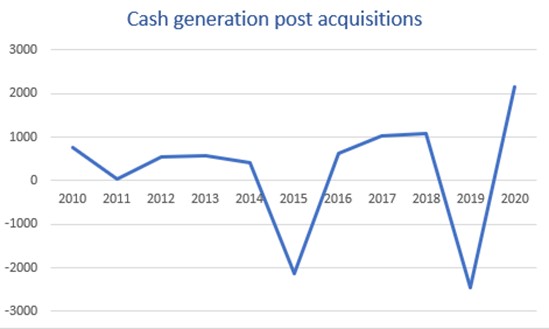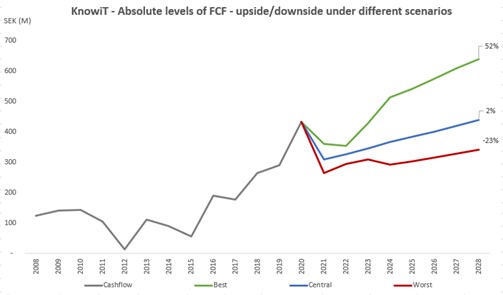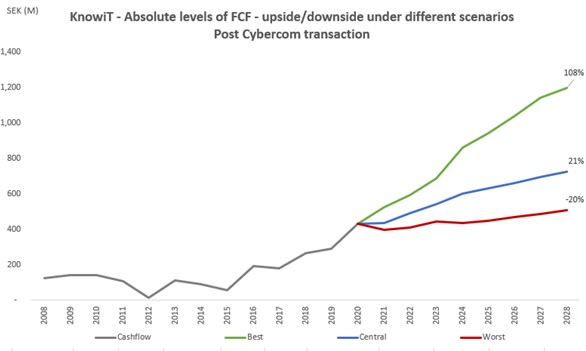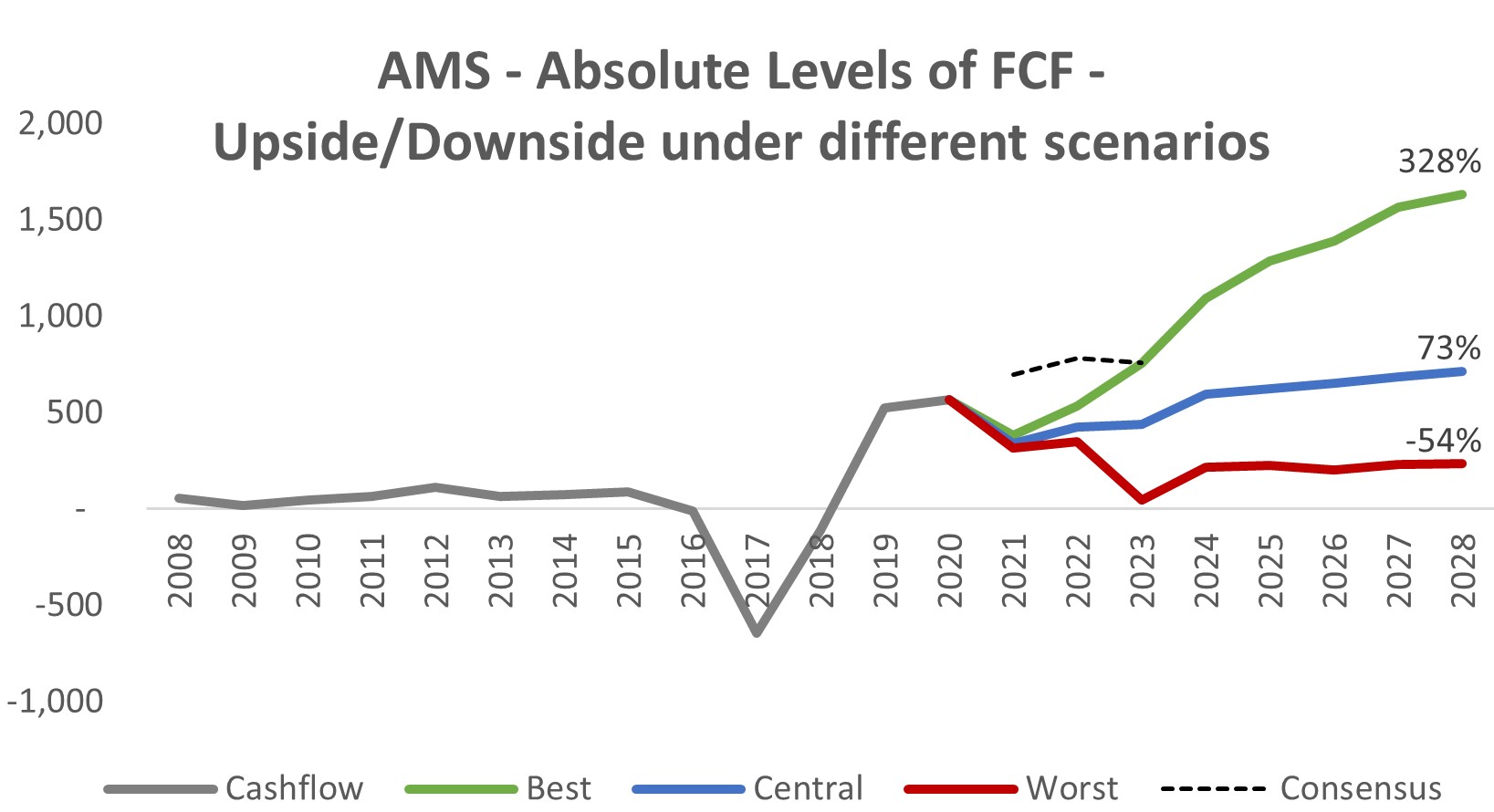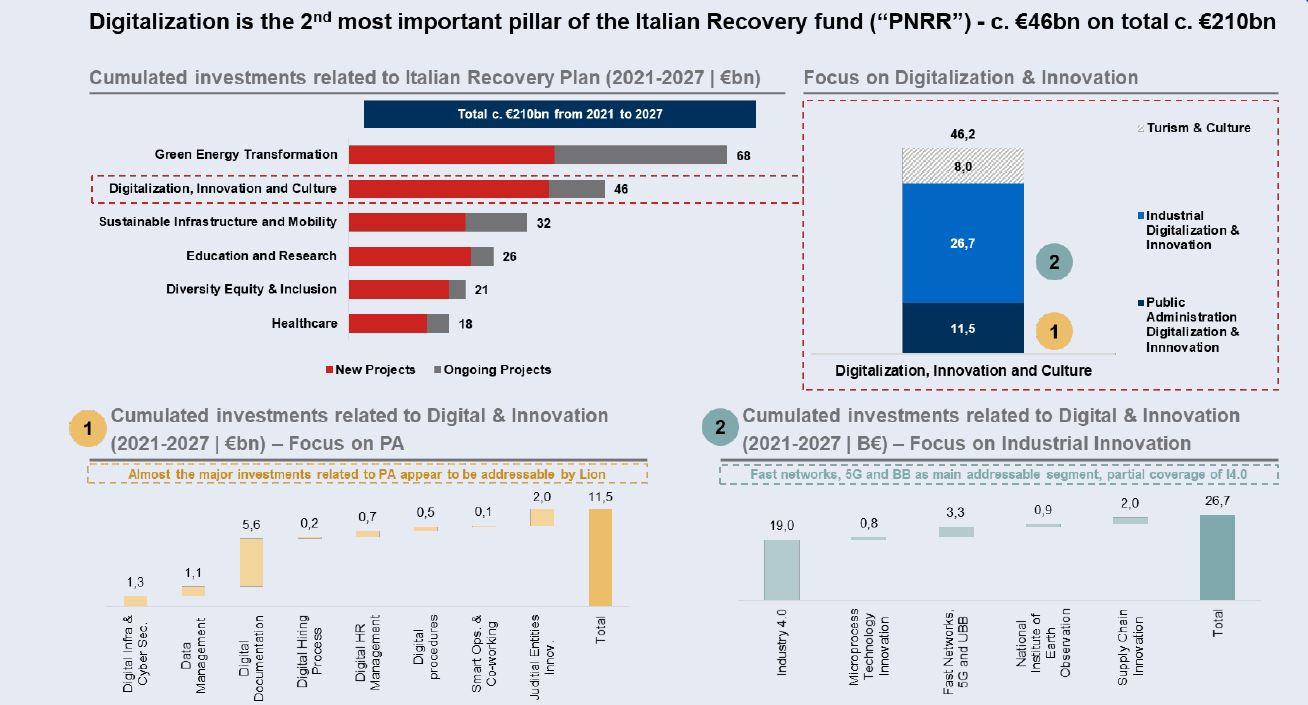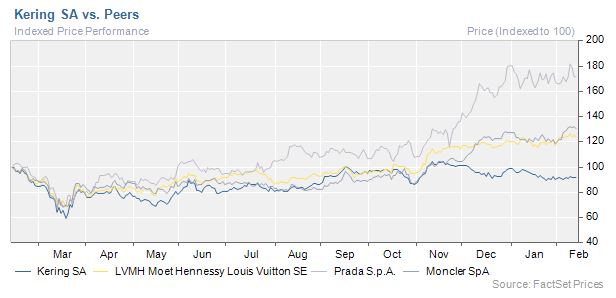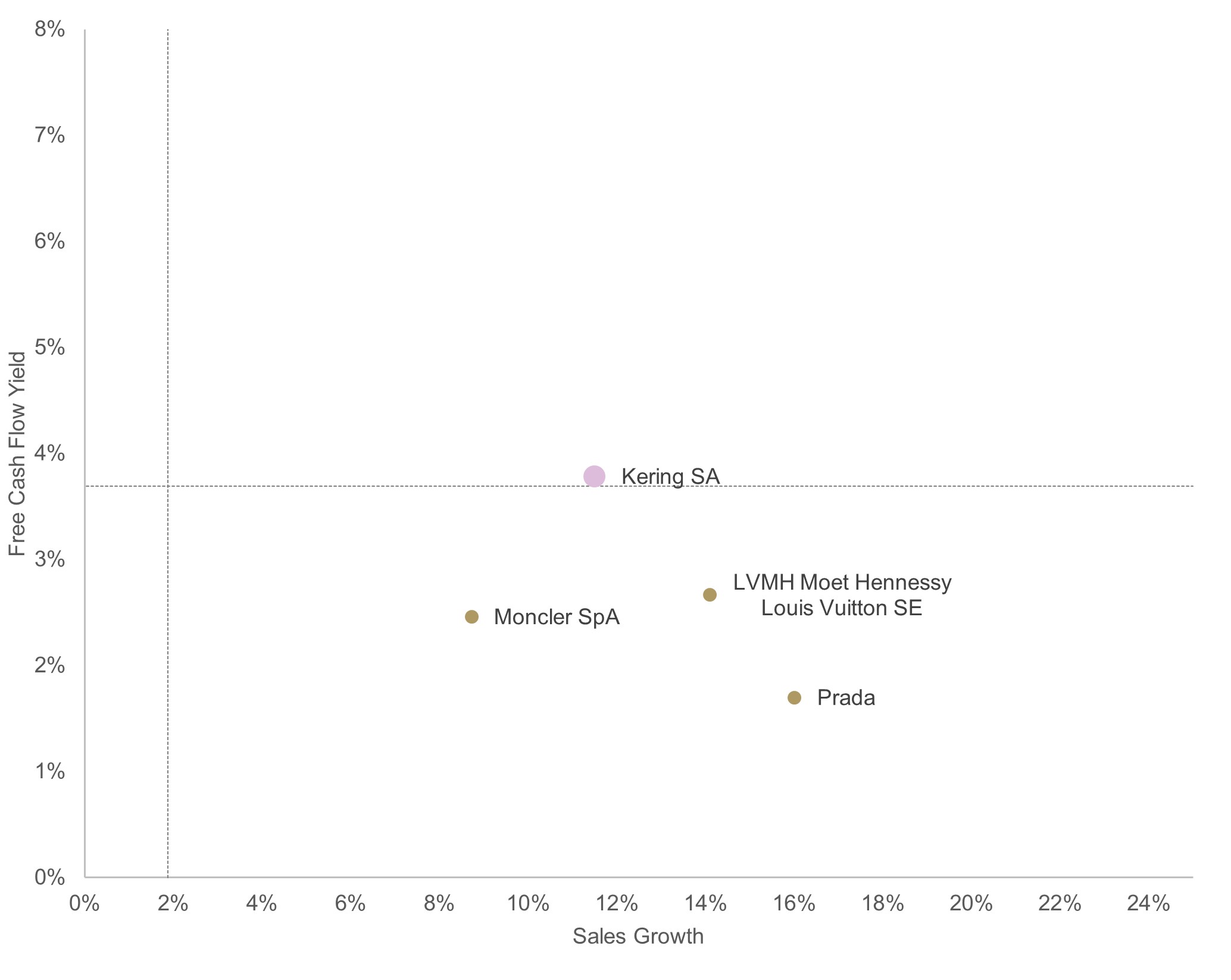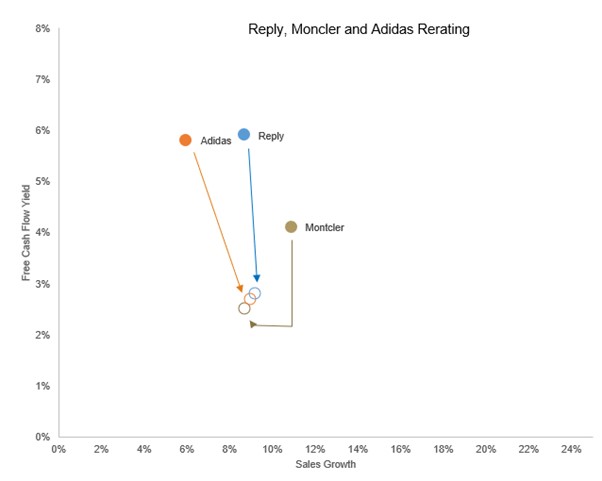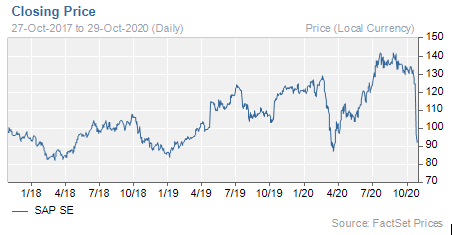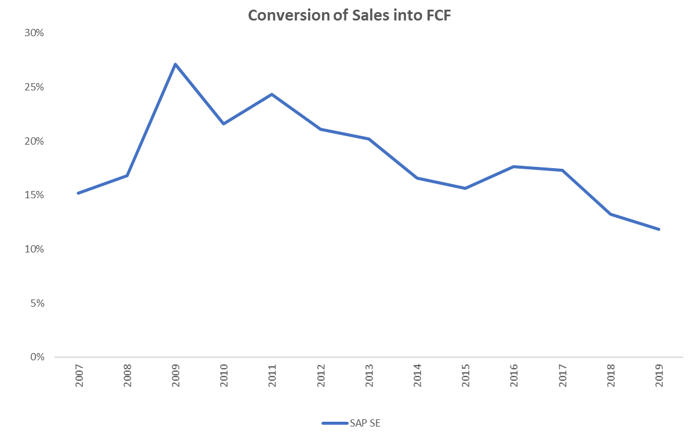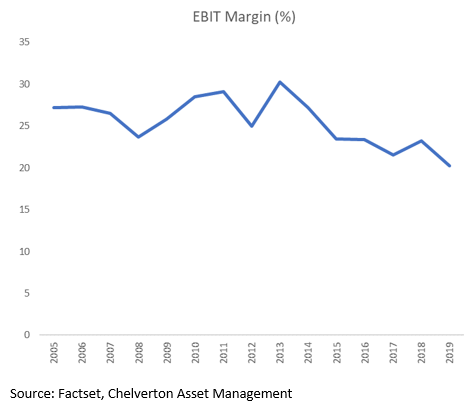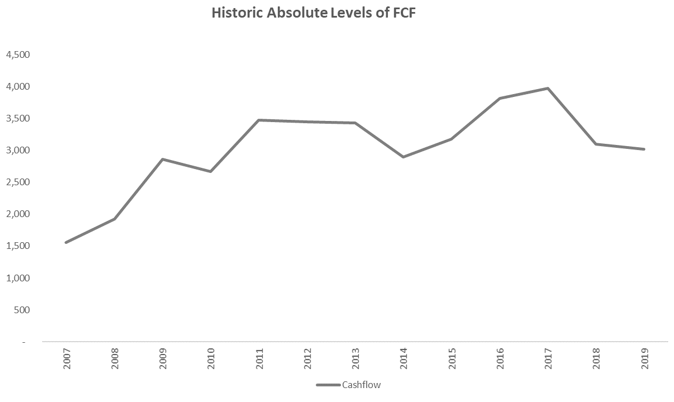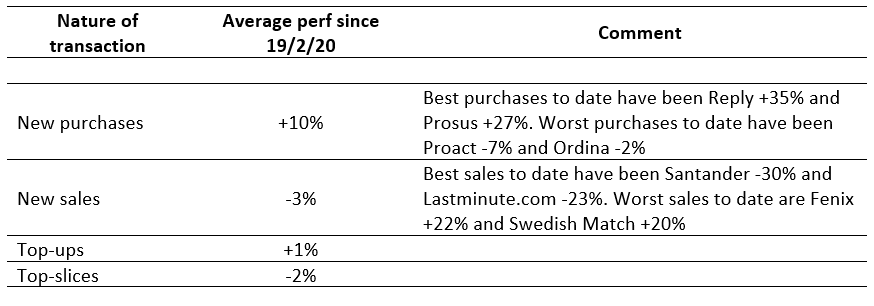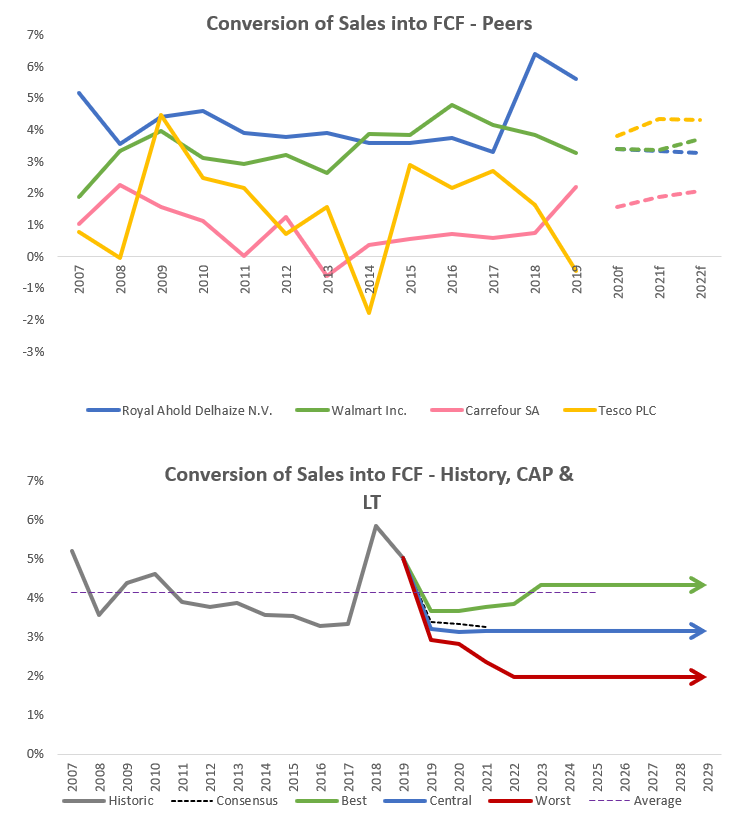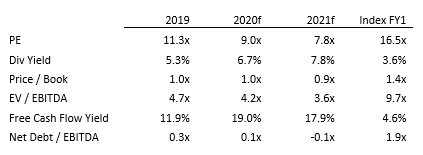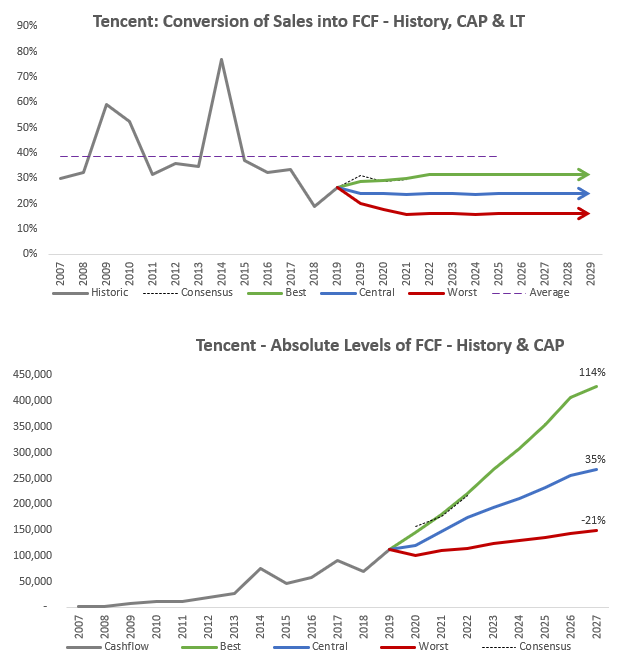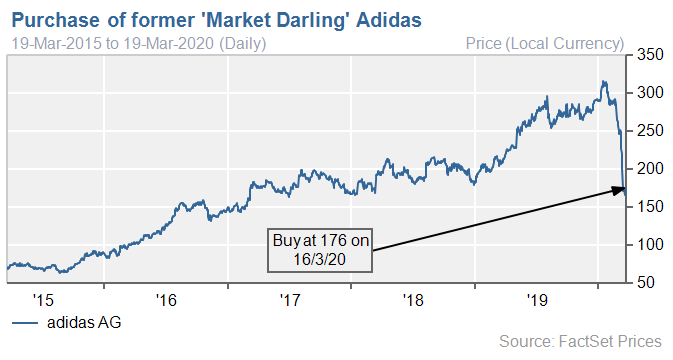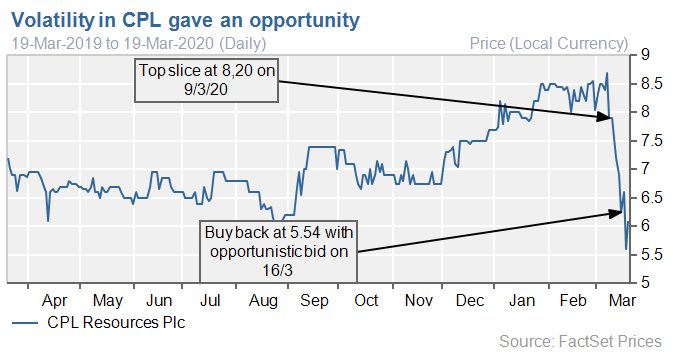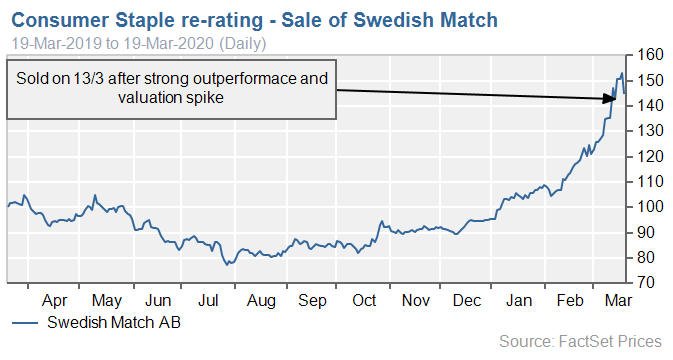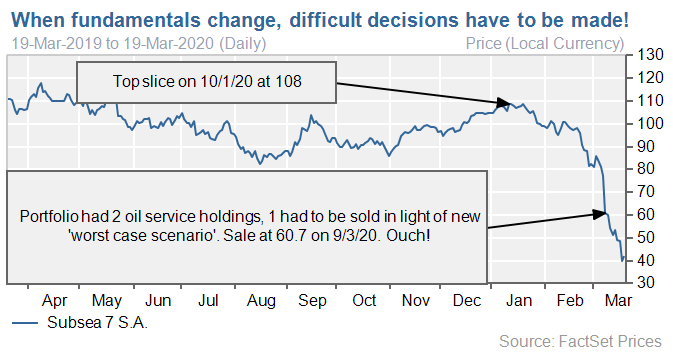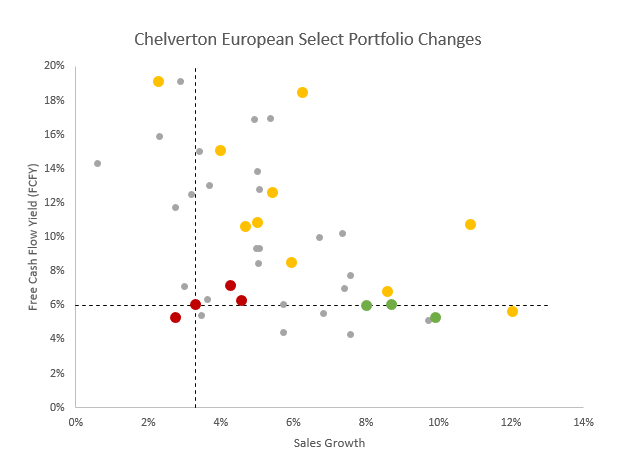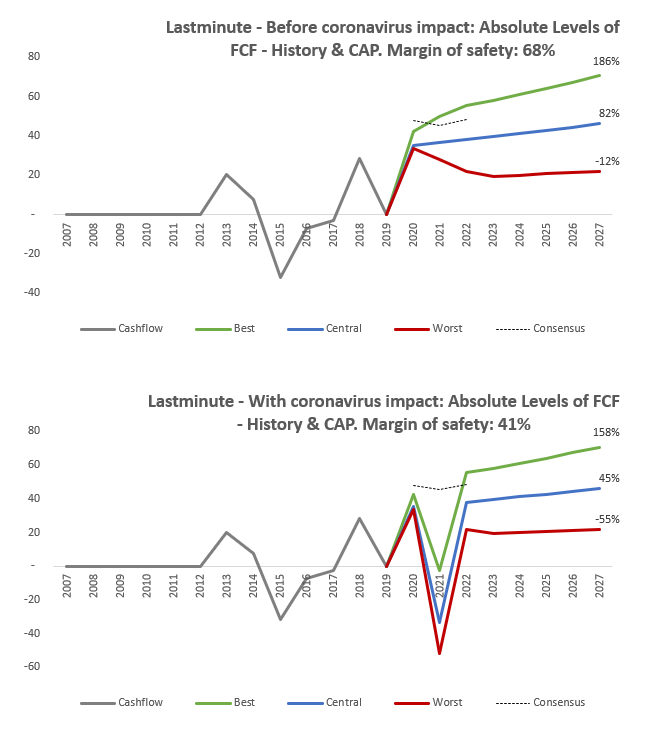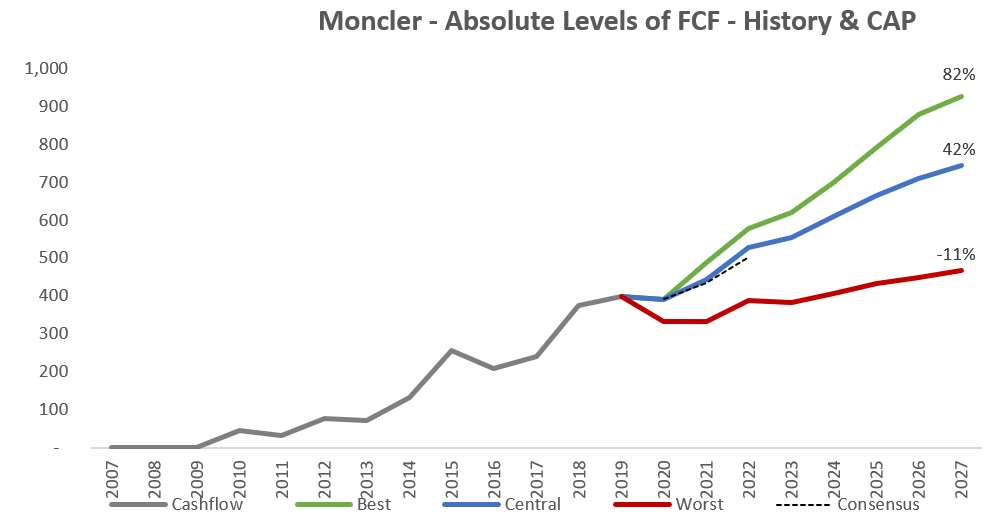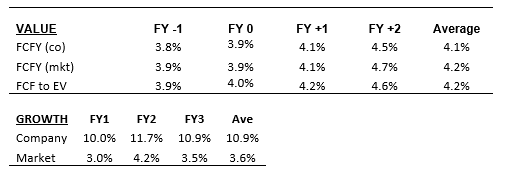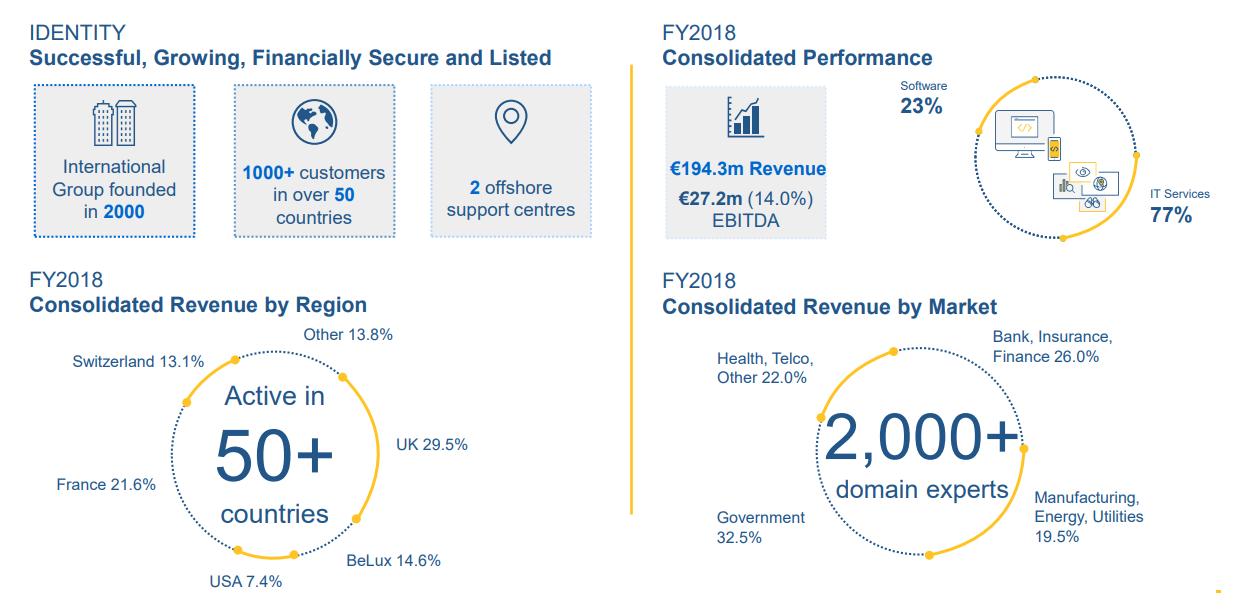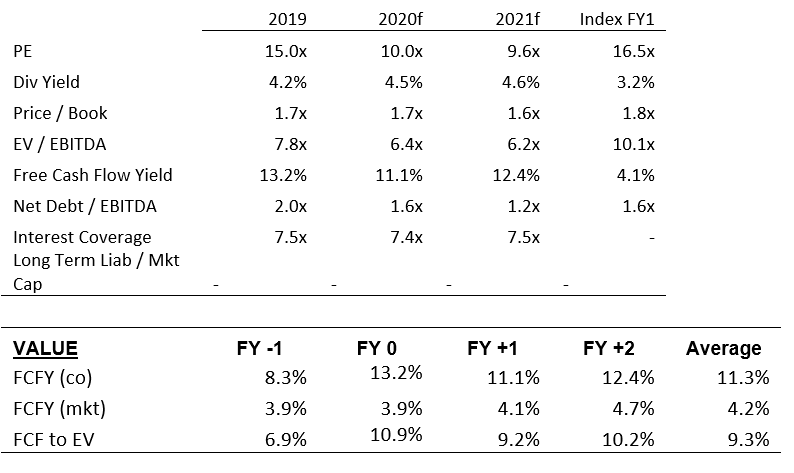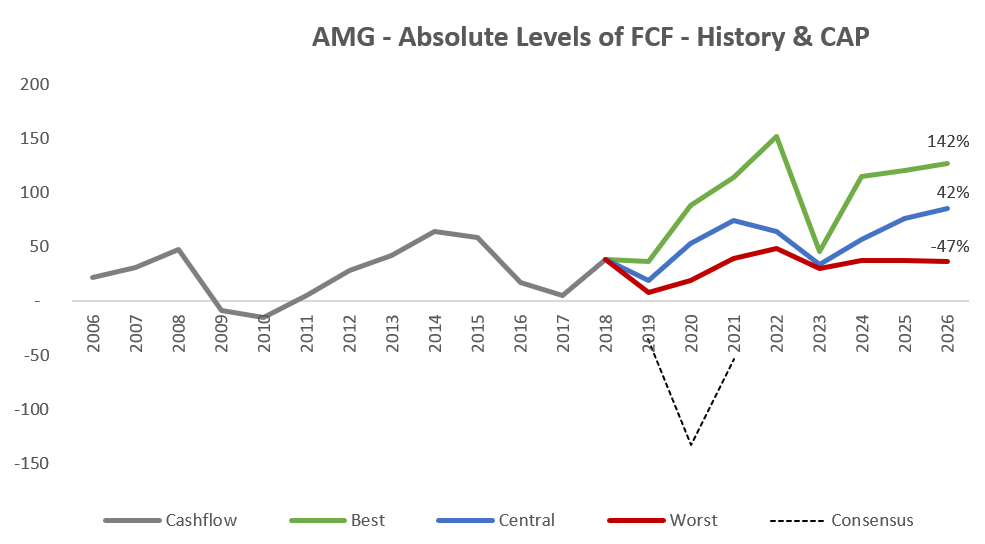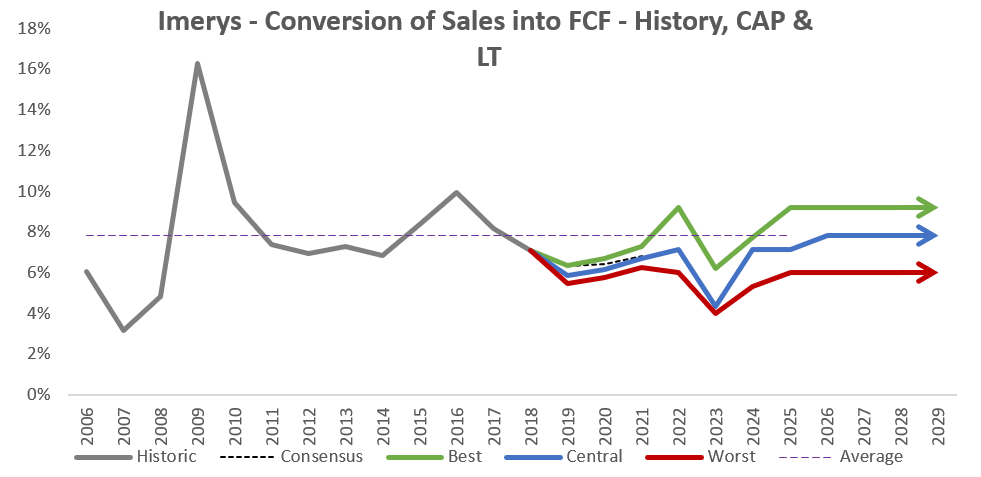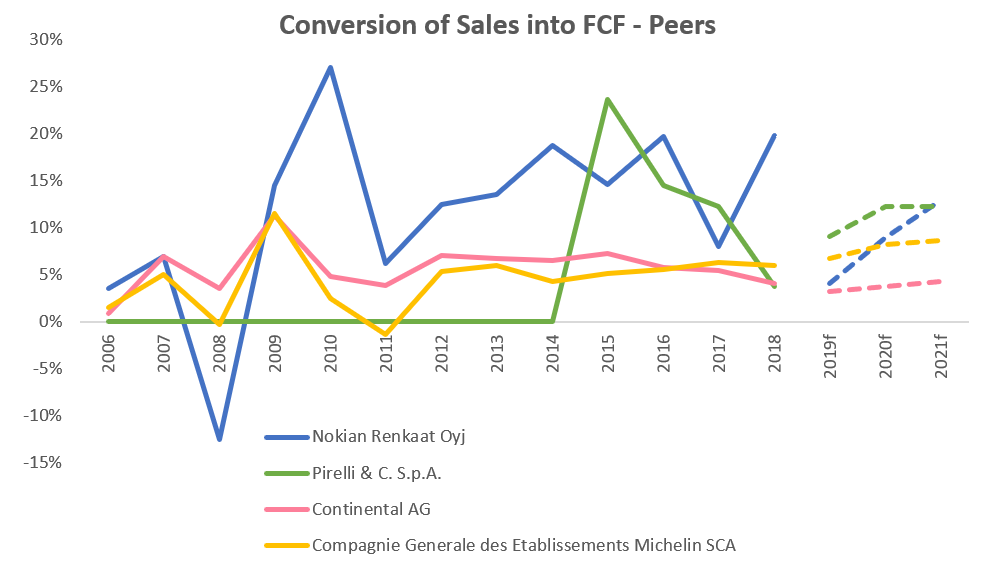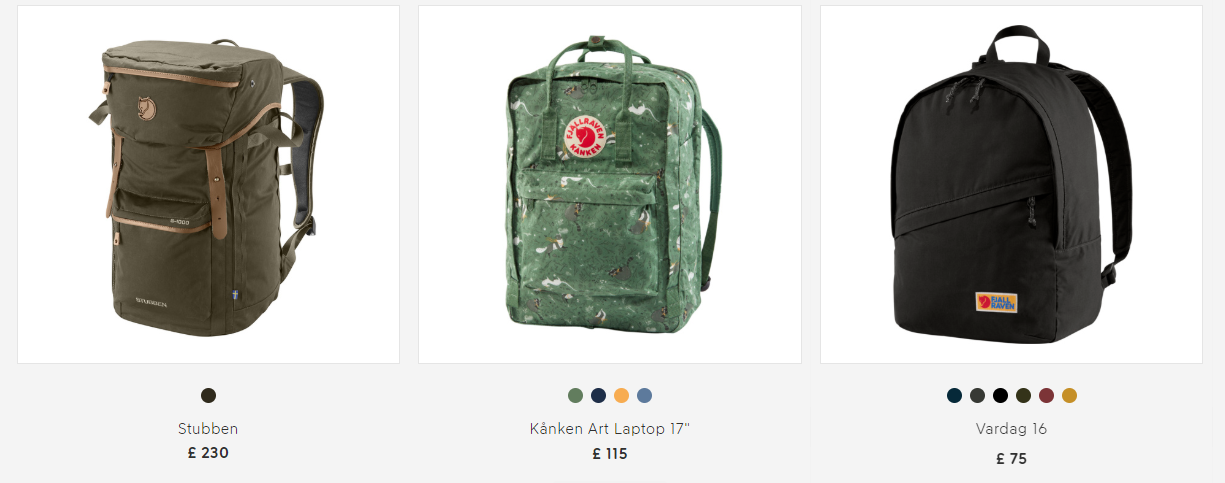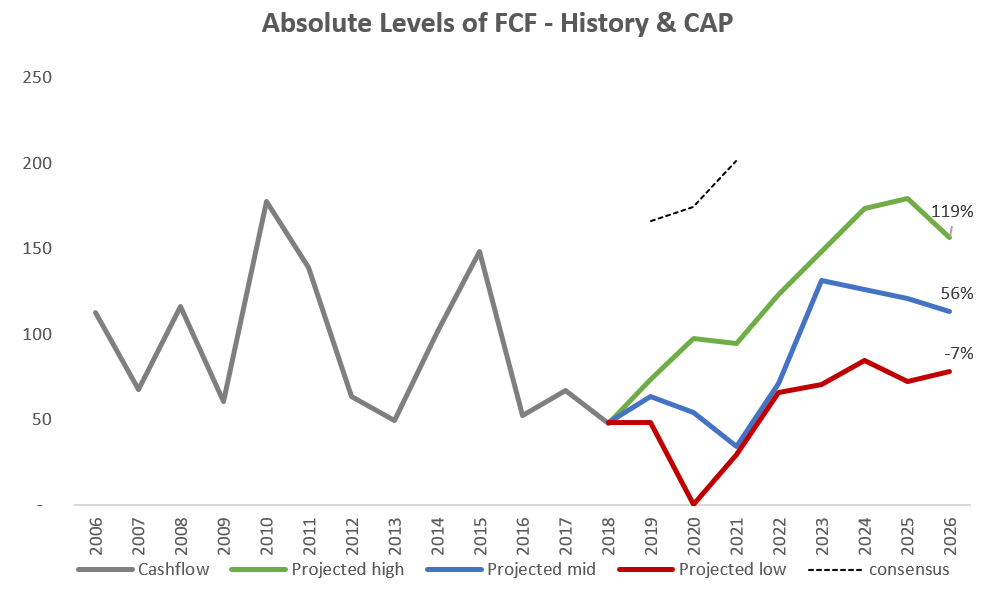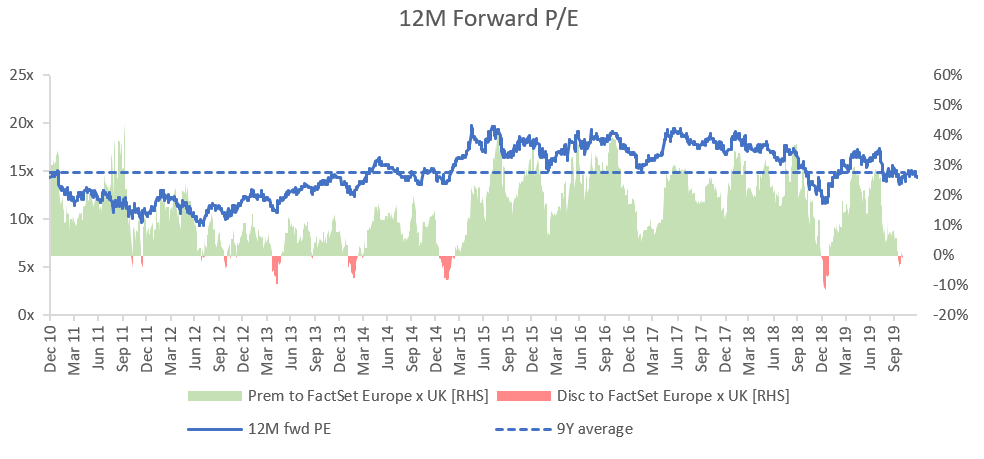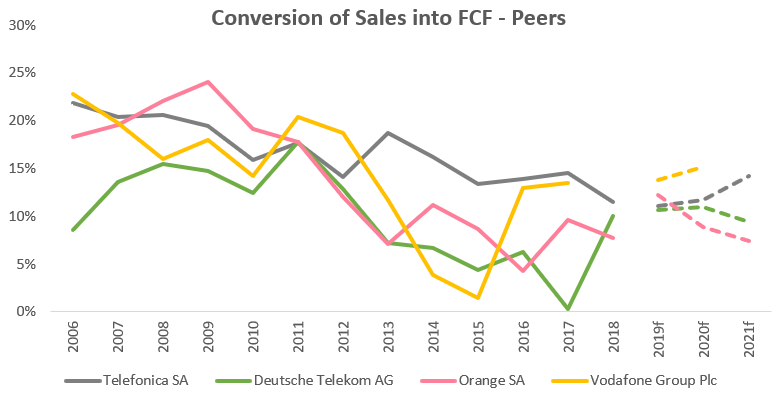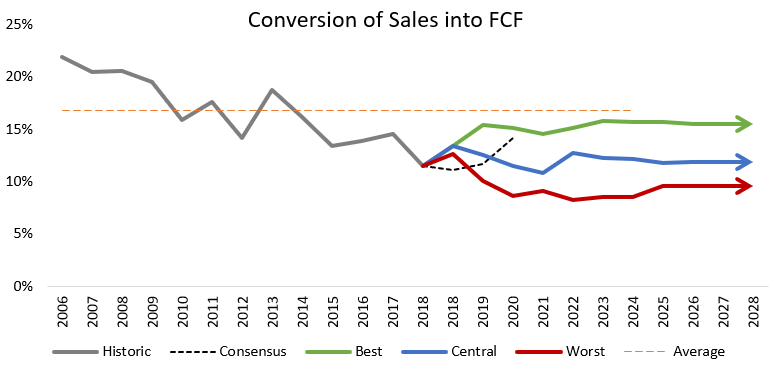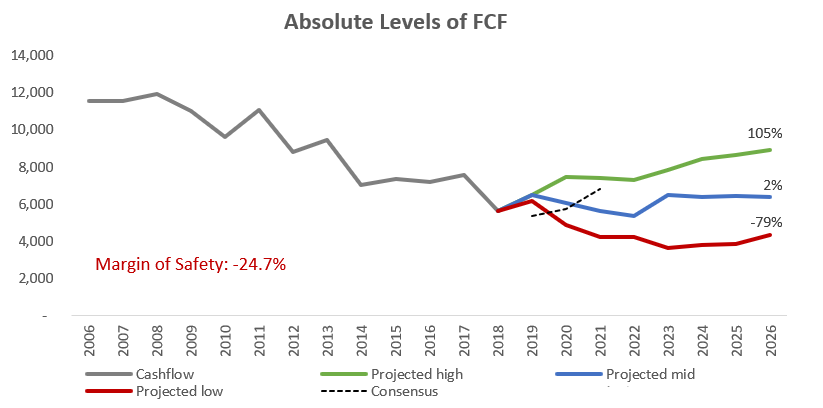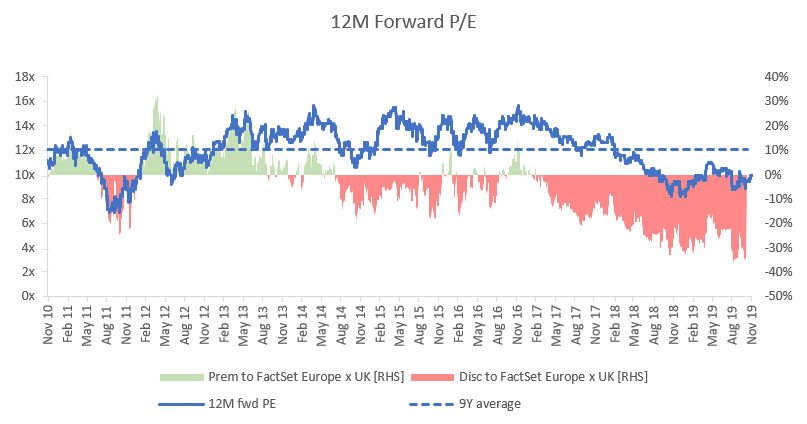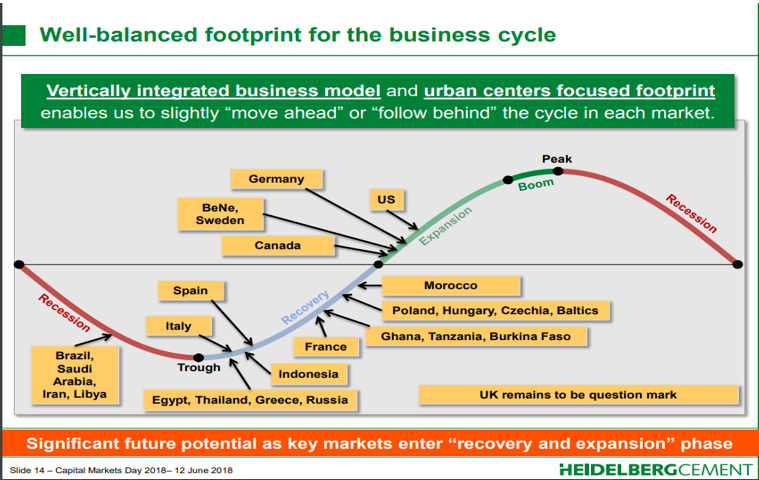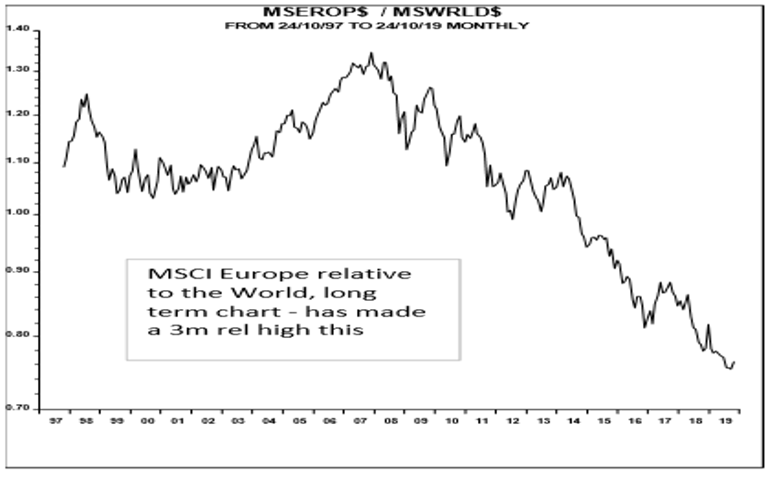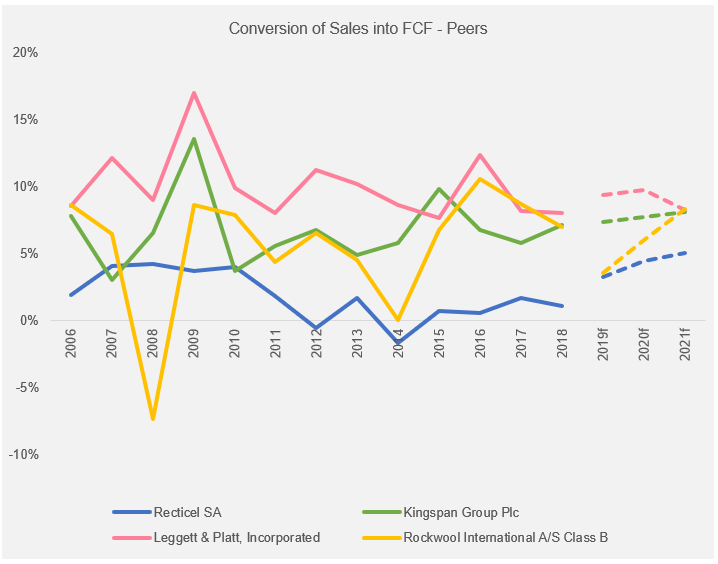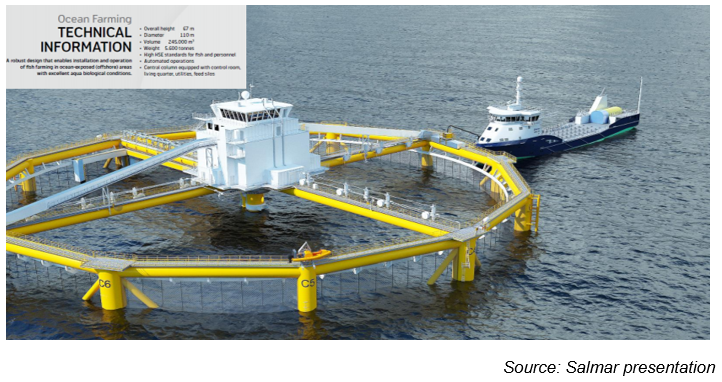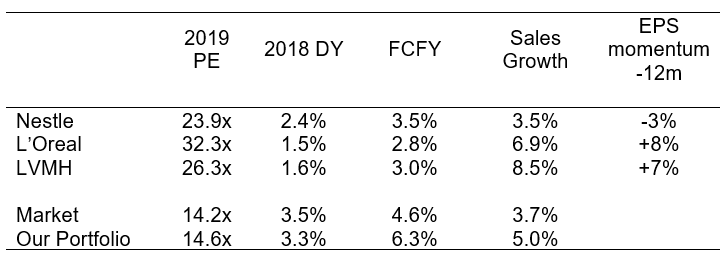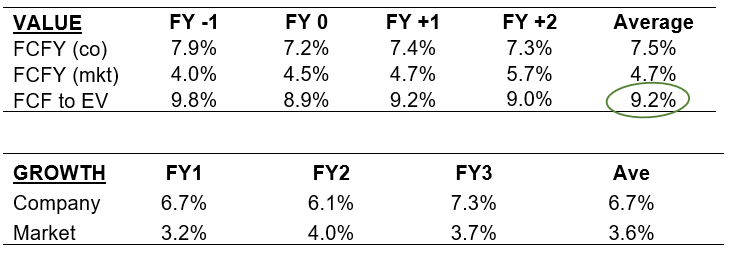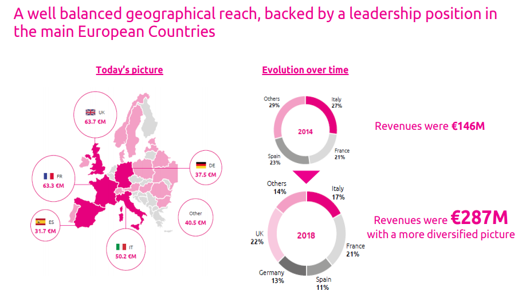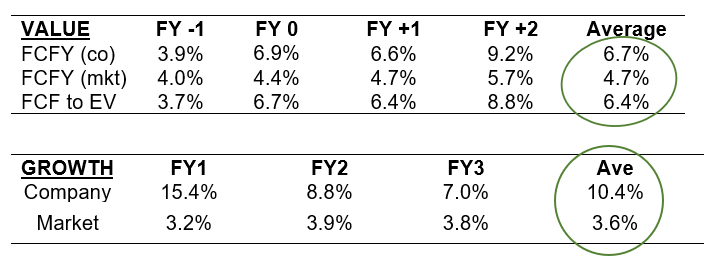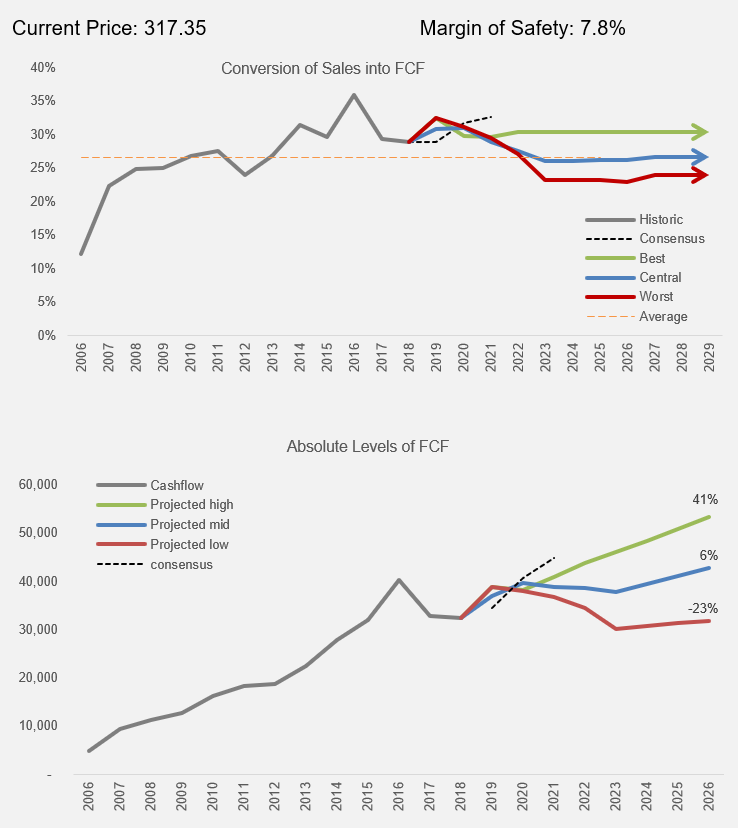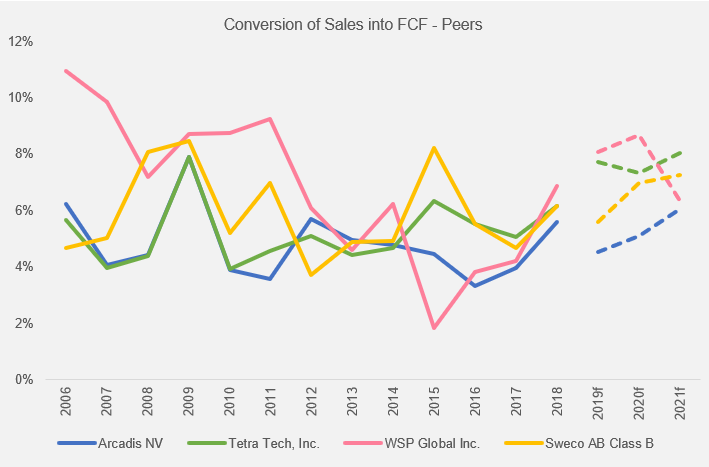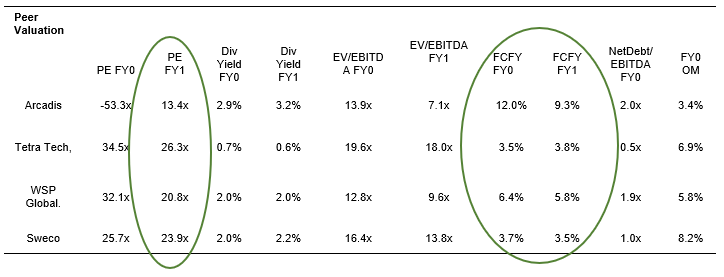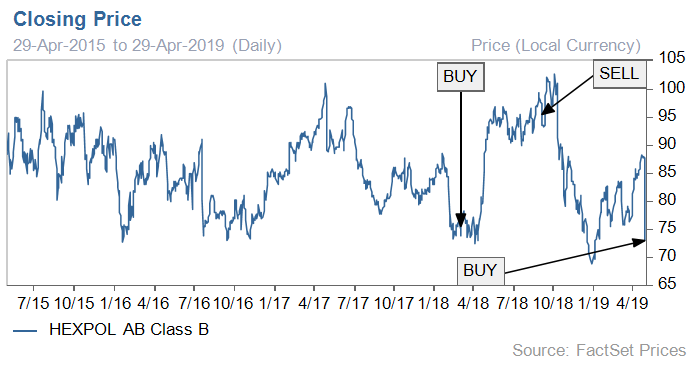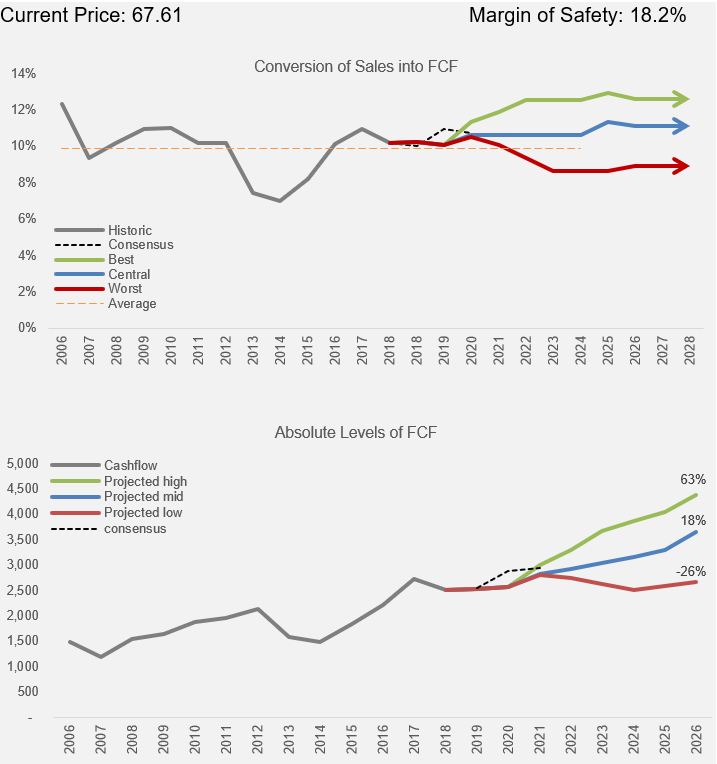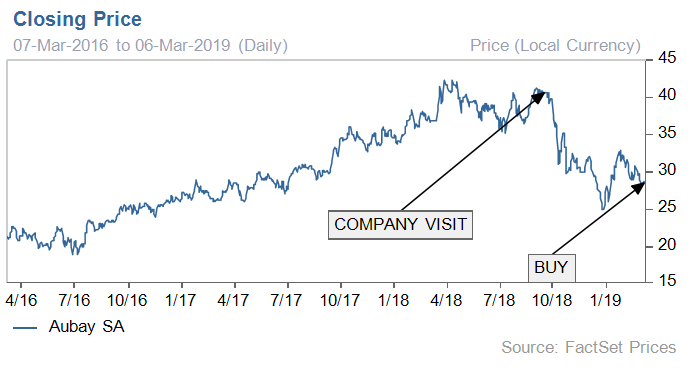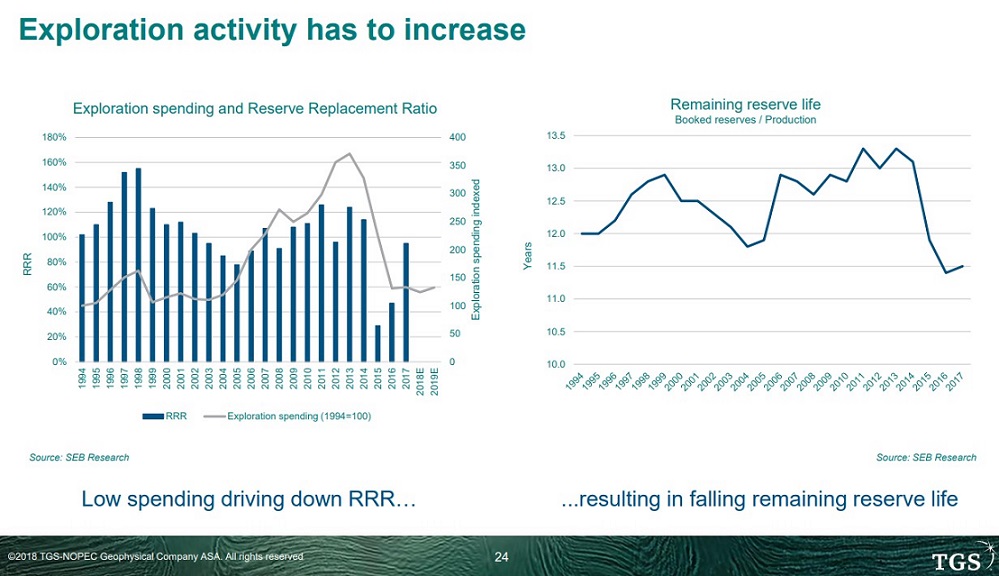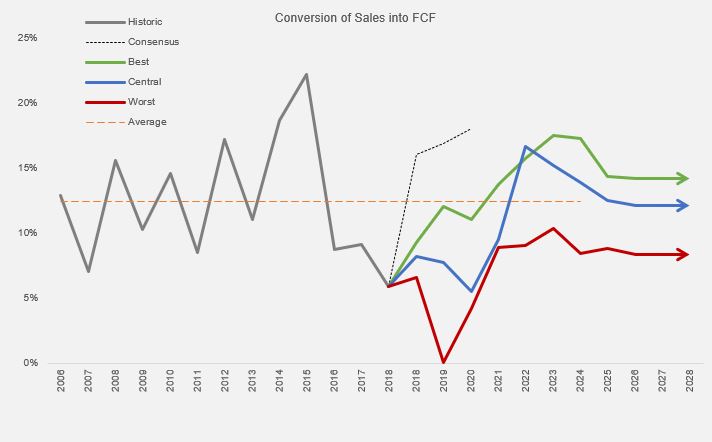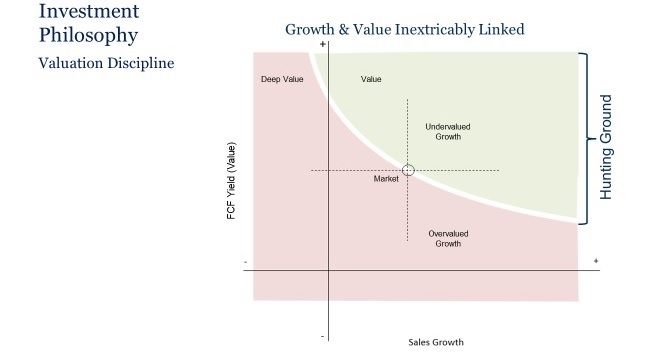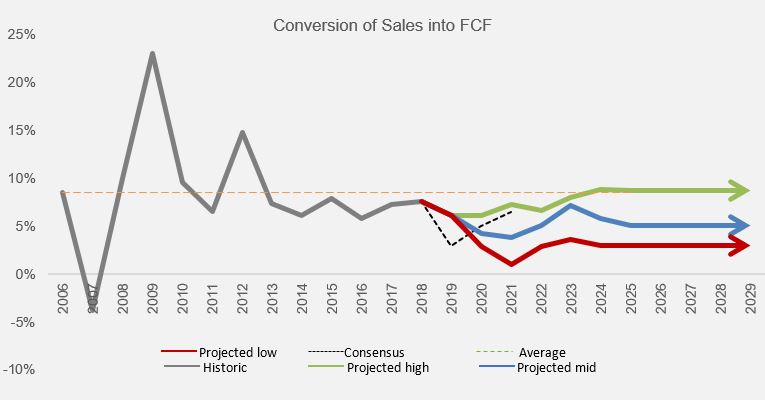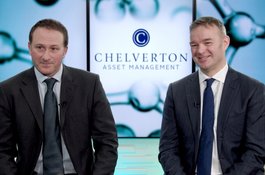What we have been buying/considering in turbulent times
When we launched the fund over four years ago, our overarching aim was to have no style bias. We wanted to develop a process, based on sound principles of low leverage, cashflow analysis and a valuation discipline.
So, we are free to look at every area of the market for ideas. This brings in periodic reviews of areas such as Telecoms, a pertinent debate, since, year to date, they are one of only two sectors of the European market which has posted positive returns – the other being Energy (arguably for more obvious reasons).
So why are Telcos performing? To start with, some perspective is needed. The outperformance has been over a short time period and also from a very low relative base – they have been poor absolute and relative investments for years. But is there more to it than “every dog has his day” this time?
One consideration is that the economic environment is changing. It is very clear that a decade of low interest rates and low inflation is now over. We cannot forecast actual levels for either but think we can be fairly confident that interest rates will move higher, and that a degree of inflation will be a feature going forward.
Given this, it is sensible for us to be considering potential inflation hedges. Telecoms are one sector which is perceived to offer this – telcos tend to have inflation pass-on contracts. We have hitherto avoided telcos. However, as unconstrained investors we frequently re-appraise all of our thinking and challenge our prior conclusions, especially when there appears to be a significant shift in fundamentals – for example, the return of inflation as a feature for markets to deal with.
As well as being perceived inflation hedges, other reasons for owning telcos include infrastructure ownership, potential consolidation, and being the backbone of the digital revolution.
The other side of these arguments remains that they are heavily regulated, over leveraged, consume capital, with poor returns and are perceived as a commodity service.
If we look at return on capital employed and return on assets for the largest 3 European Telcos – Deutsche Tel, Telefonica and Orange, owning a network doesn’t appear to be a particularly attractive thing, certainly not in terms of returns.
The average return on invested capital for this group, over the last decade is 3.5%. The average return on assets is worse, at 2%. As a comparison, the average return on invested capital and return on assets for the portfolio for the same time period is 14.5% and 7.4%1. If telcos have attractive assets and opportunities to make good returns from the capital they invest, then they are yet to show it.
From a valuation discipline perspective, are they cheap? Readers will know that we view all of our investments through the lens of a free cashflow yield and growth trade off. So where, on our graph do these companies sit, versus the market and our portfolio?
Telecoms remain one of the most leveraged sectors in the market, with average net debt to EBITDA currently running at approximately 3x. The free cashflow yield of telcos therefore needs to be taken at the enterprise value level, since using the free cashflow yield to market capitalisation will flatter these companies. The results are below:
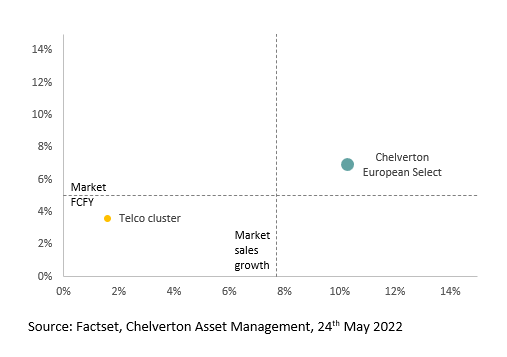
These telcos are firmly in what we often term the “bond proxy” quadrant where investors get a free cashflow yield which is submarket, combined with growth which is also submarket. We are not convinced that telcos are actually cheap.
For now, we conclude that the negatives are outweighing the positives for Telcos, and will look elsewhere for companies which can benefit from an inflationary environment – more on this in a subsequent diary entry. We will continue to monitor areas such as Telcos though – it may well be that we can find an investable business which doesn’t possess as many negatives as those we highlighted above. For now though, we feel from a valuation perspective that there are better opportunities elsewhere.
Is it time to buy the darlings?
The other side of the equation, given the rotation of the market towards areas such as Telcos is the underperformance of quality. We have discussed over time the valuations of the so called “darlings” in Europe – quality cash compounding businesses, with good to excellent growth prospects. There is a reasonable spread of businesses which fit this description, and many of them are at the bottom of performance tables year to date in Europe.
Our stance with respect to many of these companies has generally been to admire the business models but avoid them as investments due to lofty valuations. Periodically we have taken advantage of pull backs in these types of businesses and bought positions, most notably around the Covid-induced turmoil of early 2020. Around this time, we found a few “darlings” which we could actually own as they passed our valuation discipline. These included companies such as Kering, Moncler, Adidas and Reply. But opportunities in recent years have tended to be fleeting, and we subsequently sold these holdings as they re-rated.
Luxury is an interesting sub-set of this group. The graph below shows how the growth/value trade-off has been affected by the sell-off year to date in the following companies – LVMH, L’oreal, Kering, Moncler, Hermes and Richemont. By the end of May, these stocks had fallen on average 30% since the start of the year.
The graph below shows how the valuations of these companies (through our lens of free cashflow yield and growth) have changed since the end of the year:
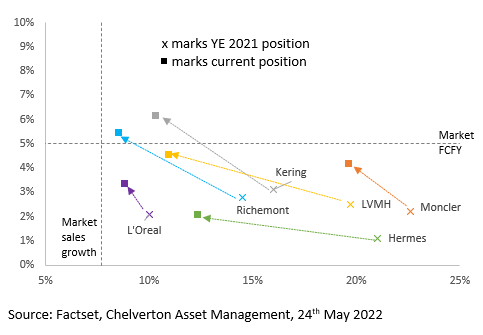
As can be seen, the share price falls have improved the free cashflow yields of all the companies, though growth forecasts have slowed as concerns over Chinese consumption and economic prosperity generally cause reductions in forecasts. Valuations of this group are definitely becoming more interesting with the current growth/free cashflow yield trade off starting to look quite a lot more favourable following the share price falls.
Kering in particular was looking attractive again, and a few weeks ago we began to accumulate shares. There can be a perception that Kering is lower quality, being substantially a one-brand company. However, the quality metrics of this group are very high (return on invested capital, for instance averages 16% - compare this with the Telco number above of just 3.5%), and Kering ‘s returns are broadly in line with the group average across a range of quality metrics. This suggests that Kering should not be rated less favourably for any qualitative reasons.
We will take our time – recognising that sentiment, and forecasts could work against the shares for a while. We may be too early with our initial purchase, but we have left plenty of scope to add in the event that shares fall further again. We think valuation support is emerging even with slowing growth and some pressure on operating margins factored in.
Another subsector which has suffered a retreat year to date has been the so-called quality industrials. We use Schneider, Legrand and Siemens as examples.
The graph below (as with luxury above) shows how the free cashflow yield versus growth metrics have changed as the share prices of these companies have fallen by approximately 25% year to date:

To us, Schneider and Legrande are probably at fair value, with approximately market free cashflow yield for slightly better growth. Siemens on the other hand started to look really interesting from a valuation perspective and, similar to Kering, we started buying shares.
Whilst we concede that Siemens has a number of cyclically exposed elements to its business, which may suffer somewhat in a downturn, it has various areas of business which are not. It still owns significant stakes in health technology (Healthineers), and alternative energy (Siemens Gamesa Renewables, where it is currently buying back the minority). Further, it is exposed to attractive investment themes such as mobility, power provision and factory automation. These provide an attractive combination, and we took advantage of the recent sell off to accumulate.
1 Source: Factset, 24th May 2022
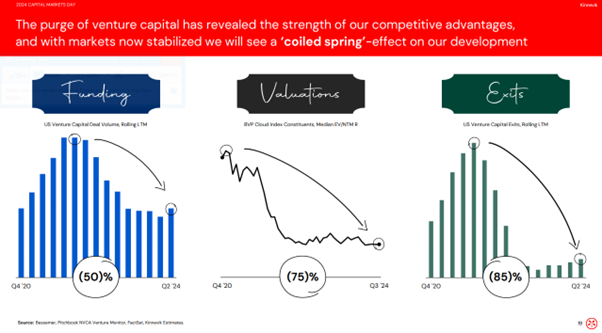
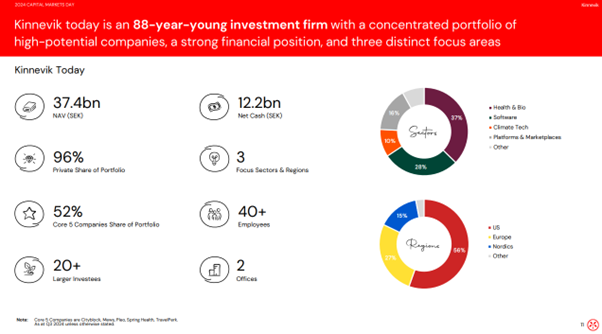
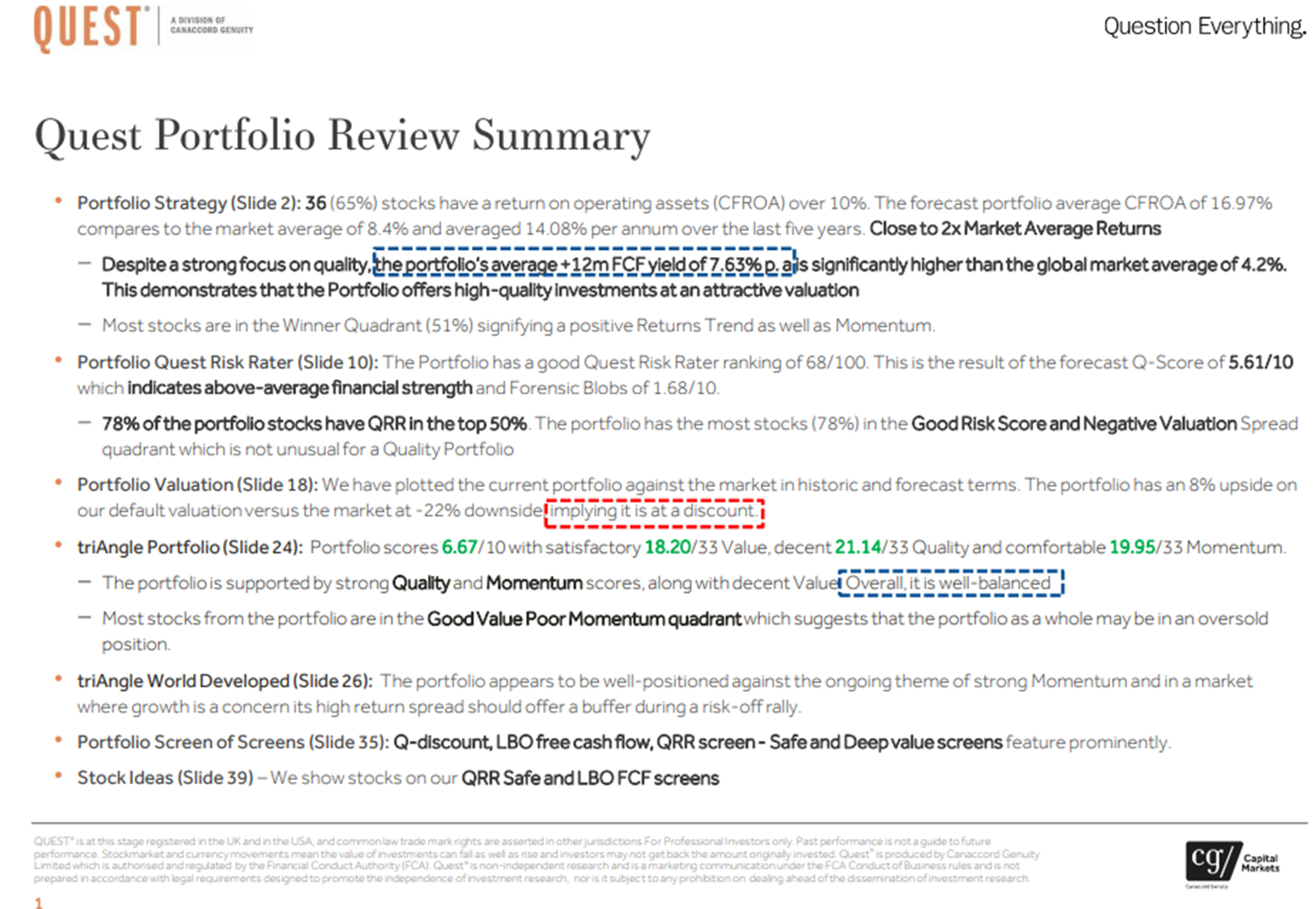
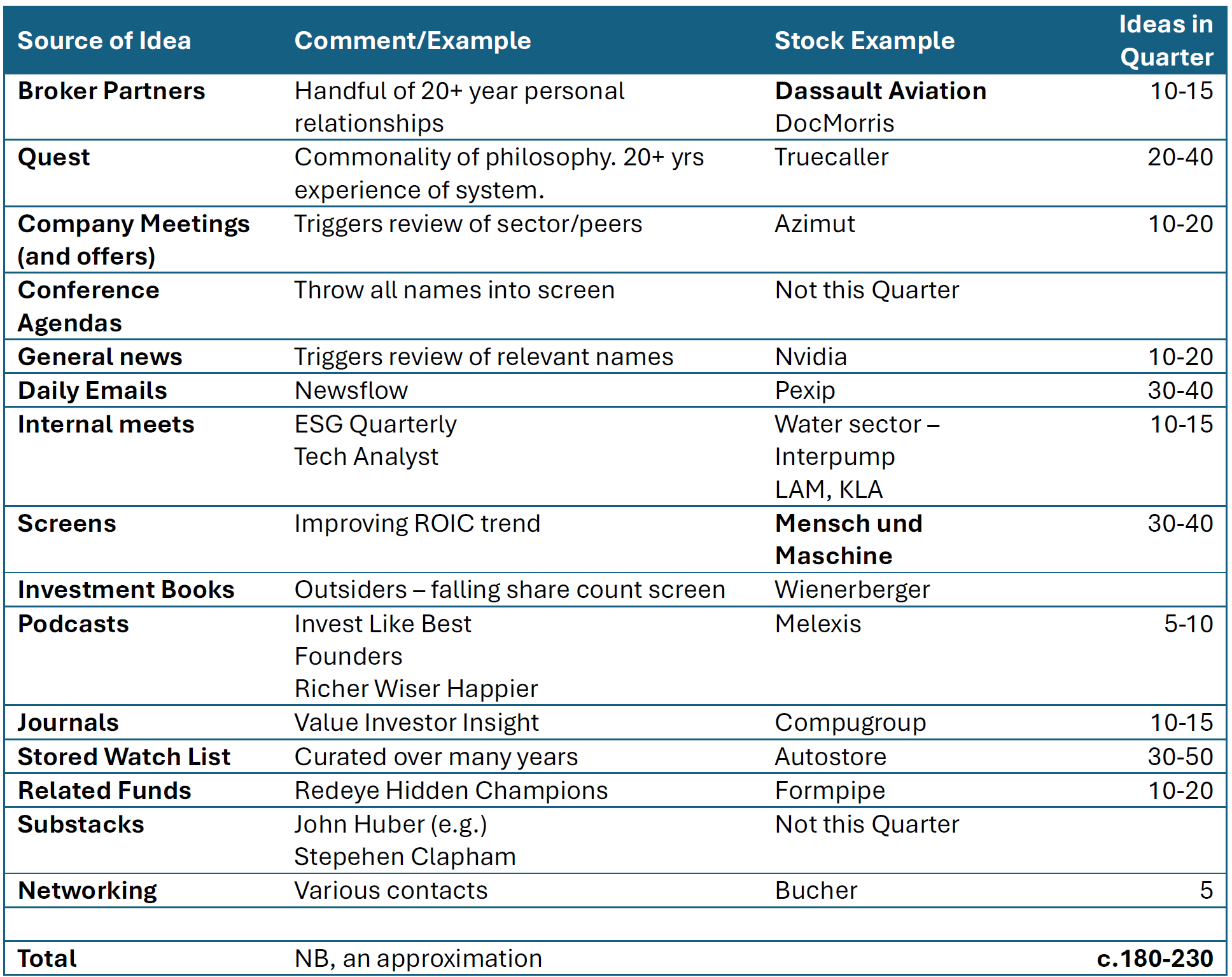

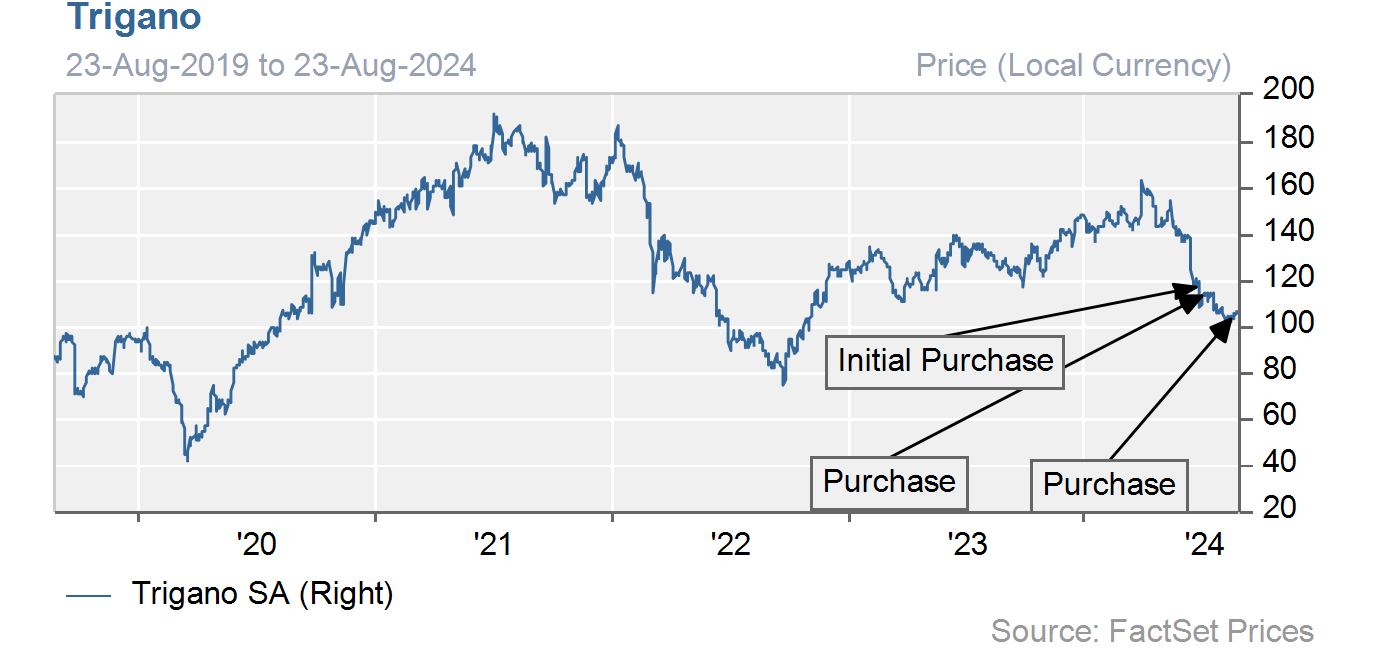

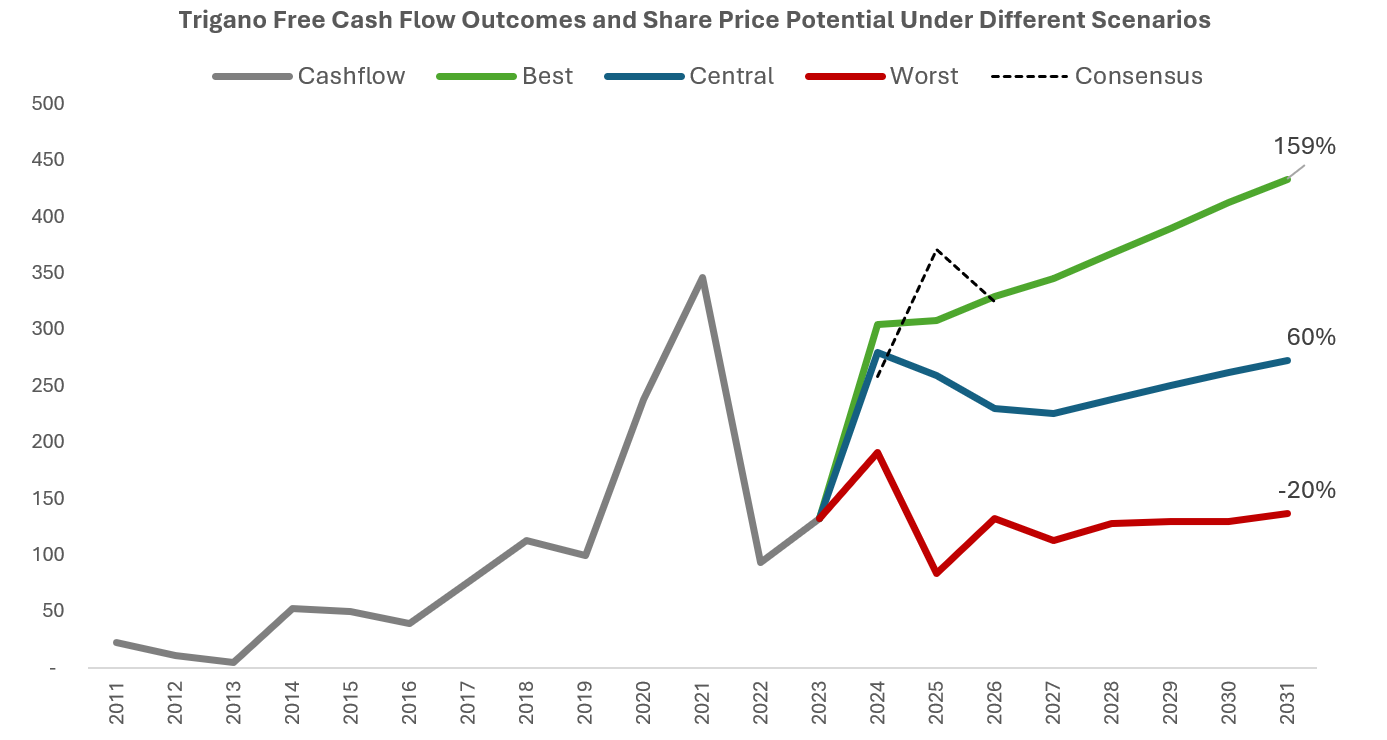


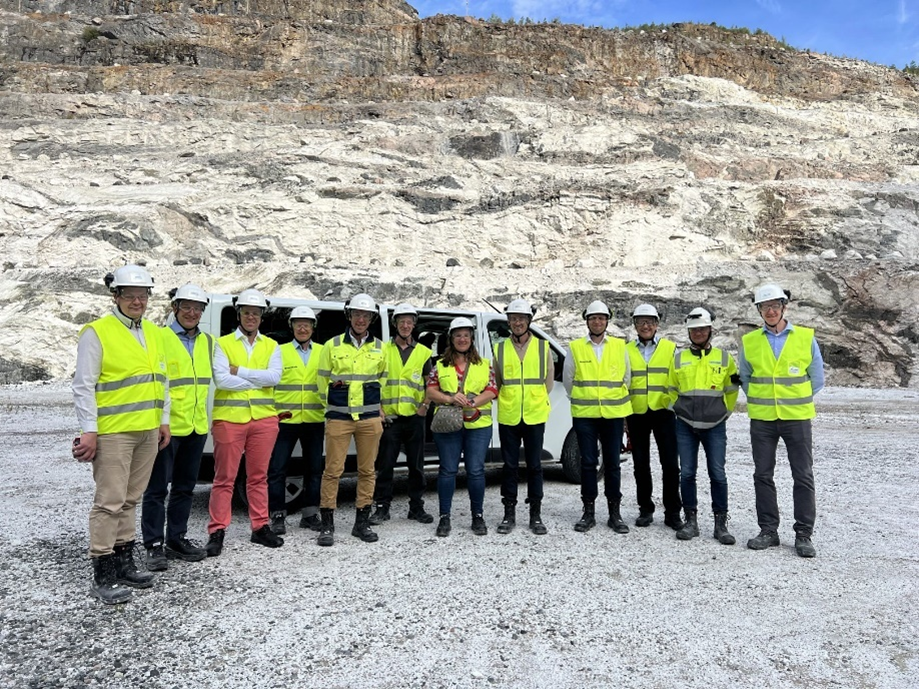


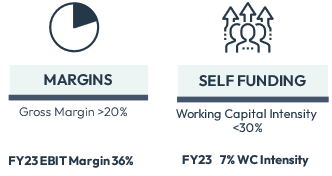
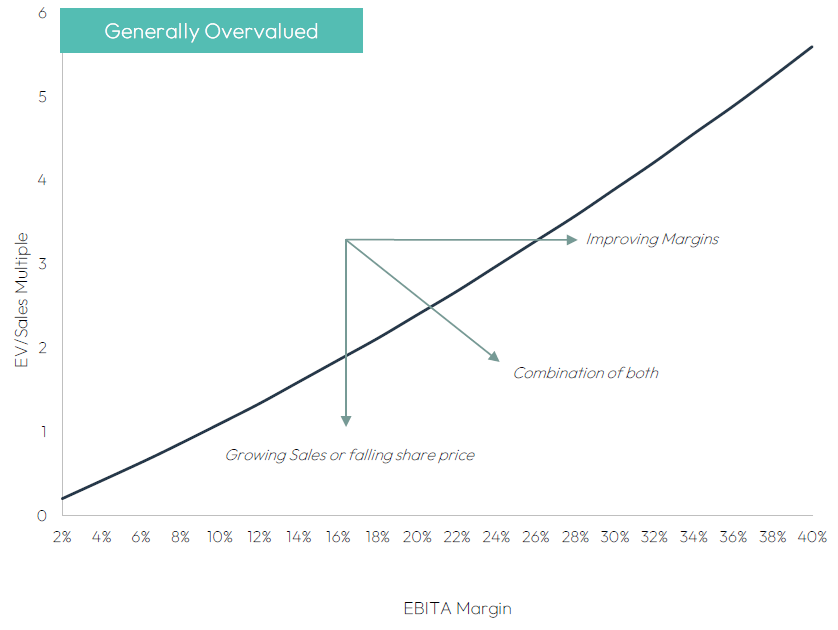

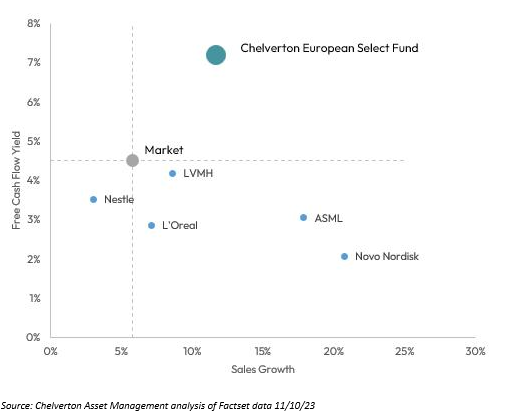
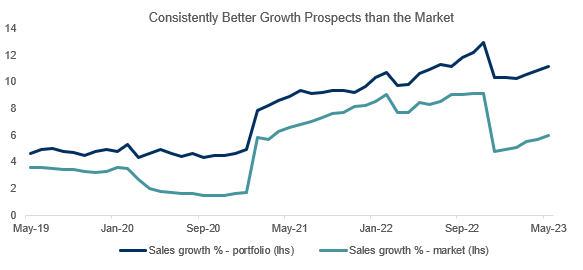
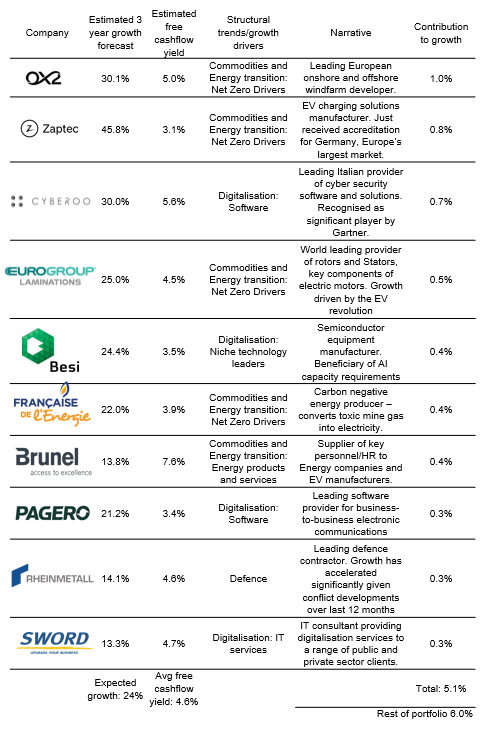
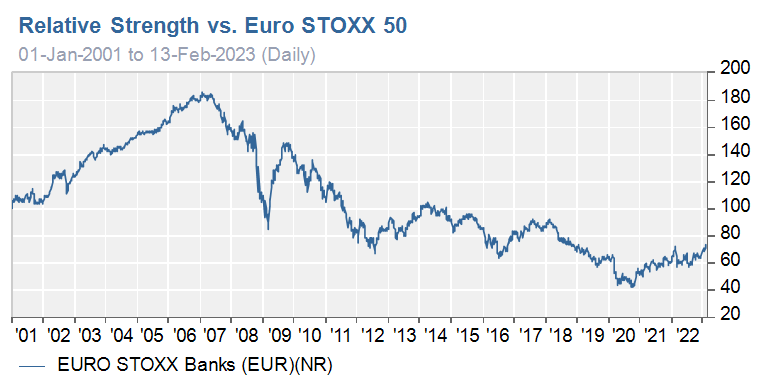
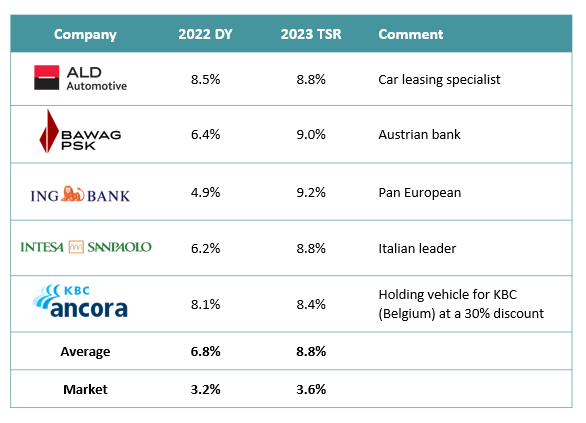
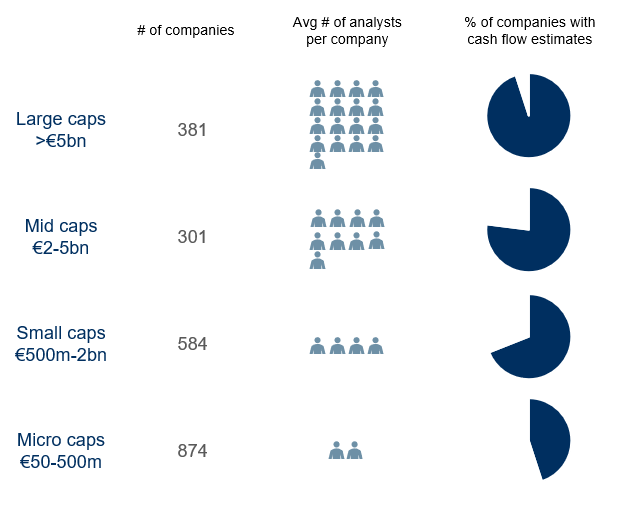
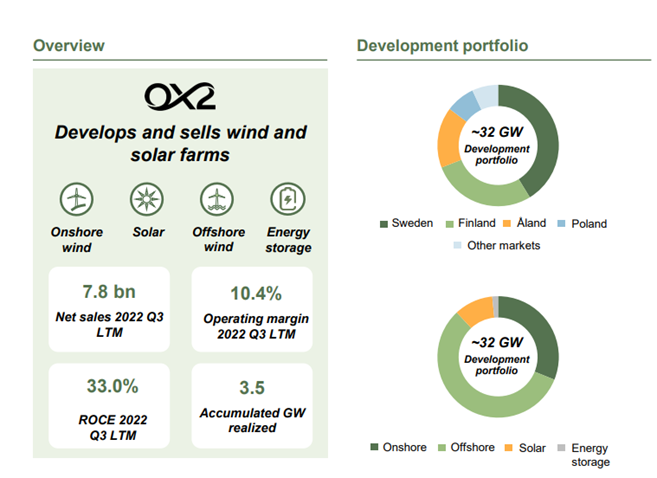


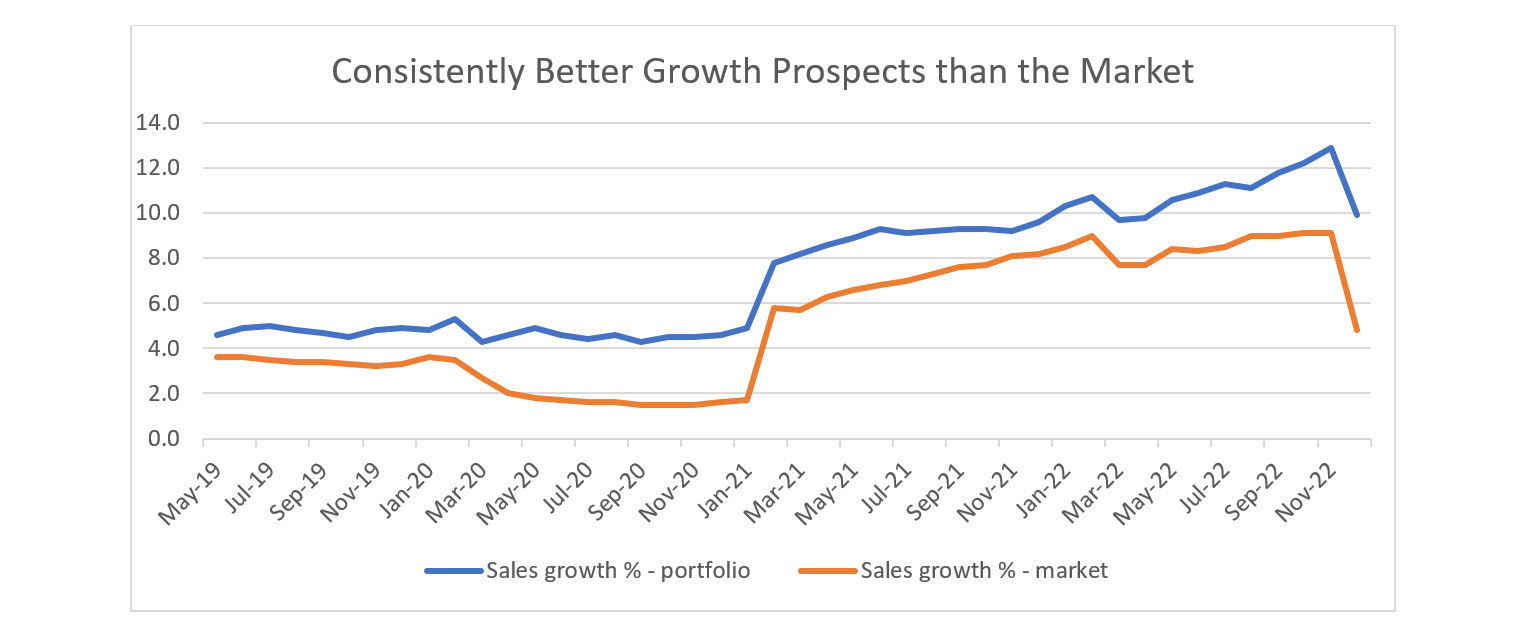
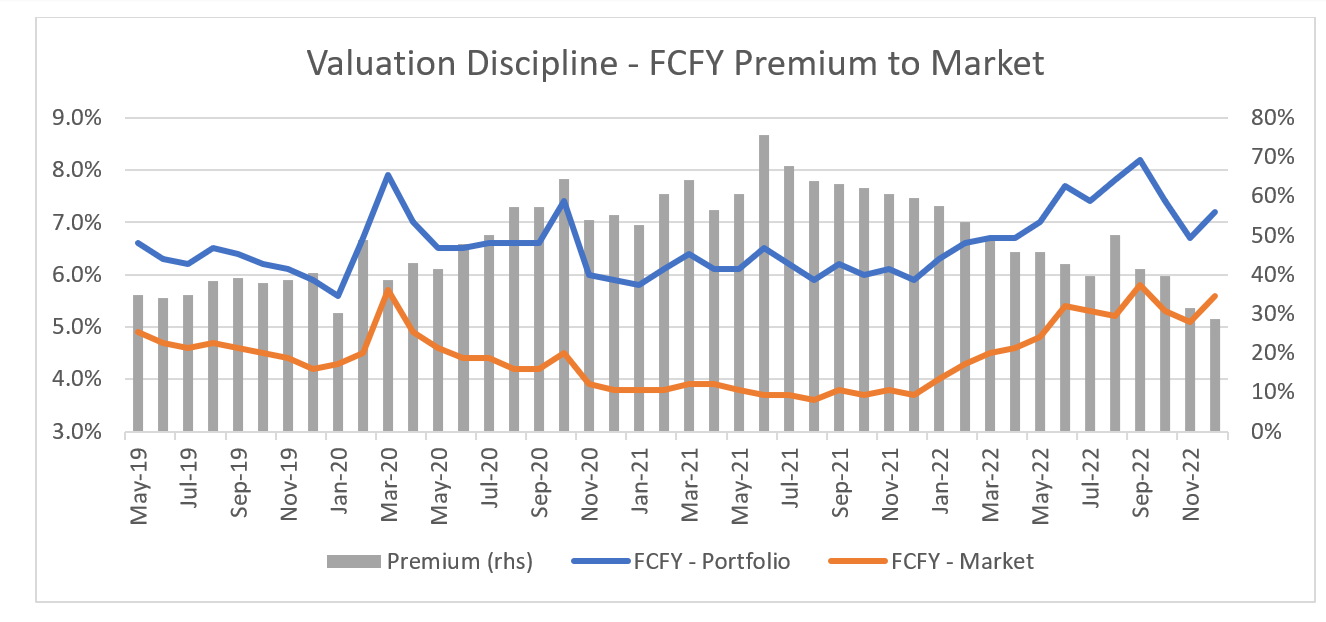
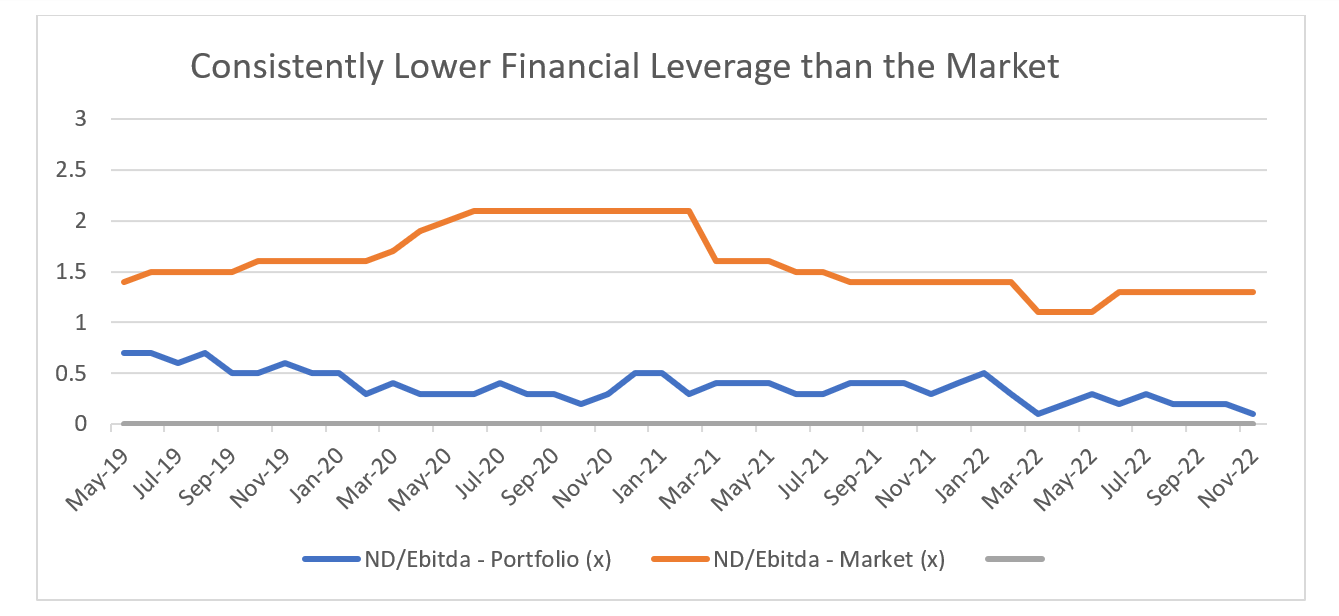
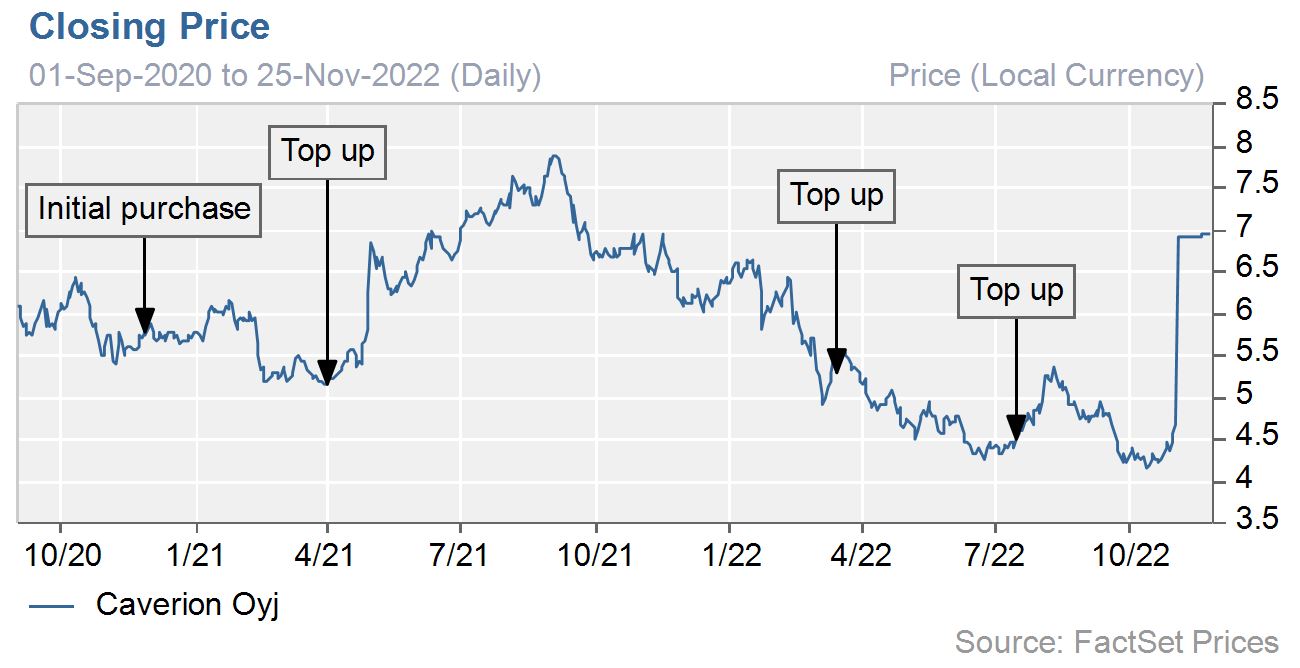


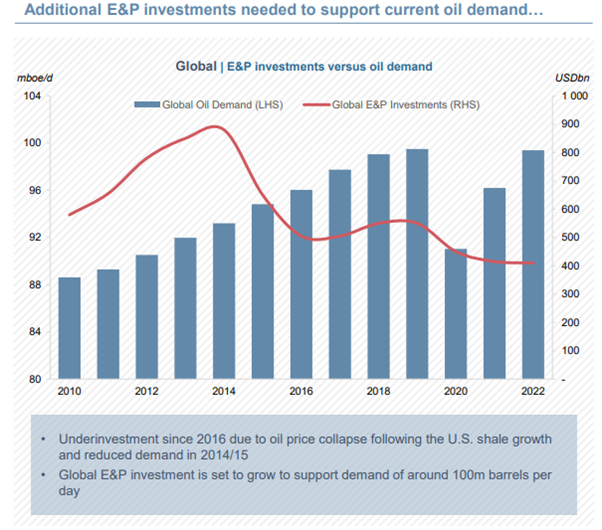
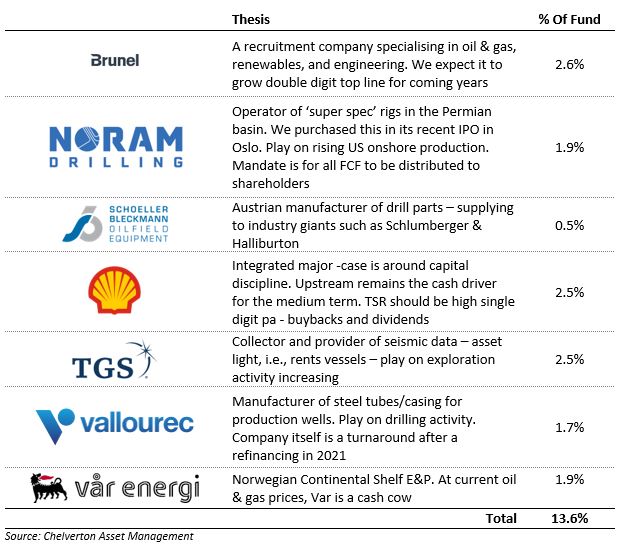
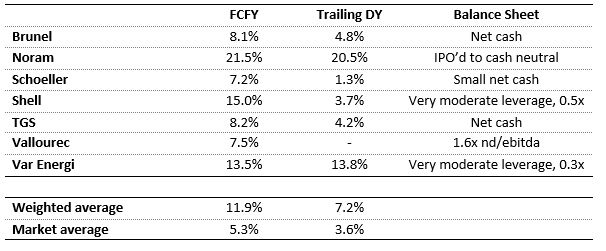

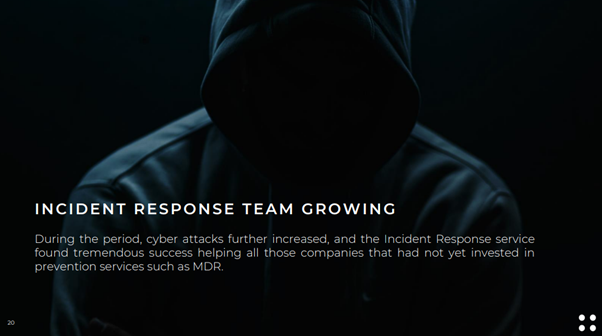


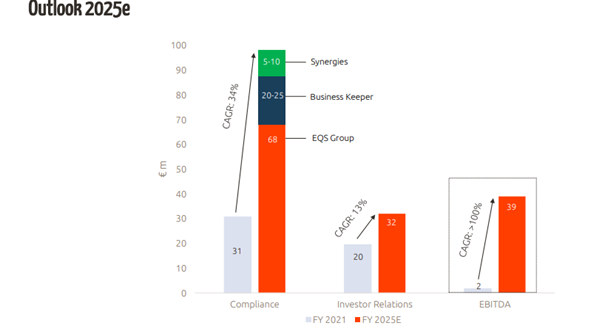
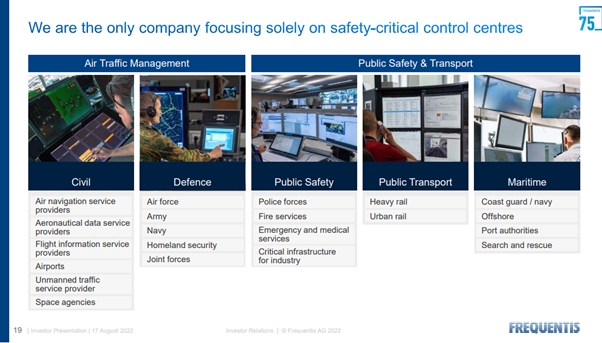
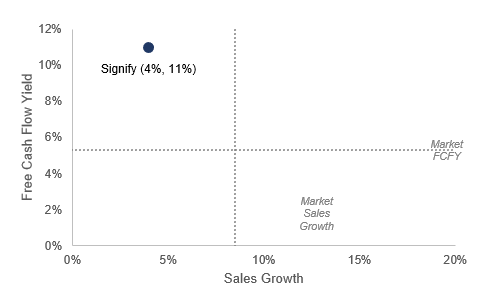
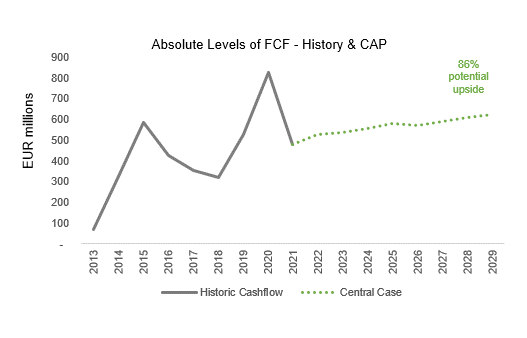
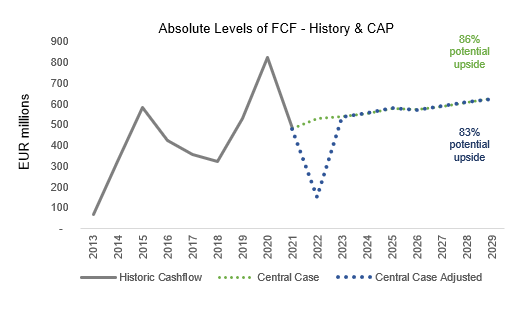




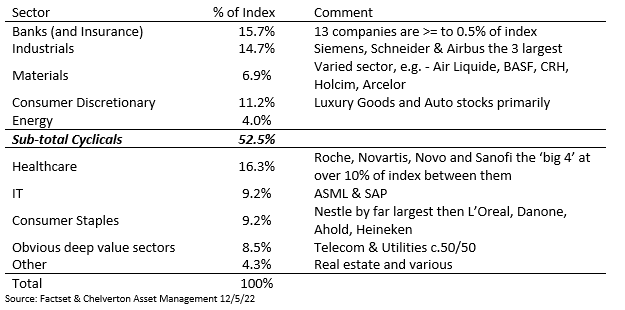
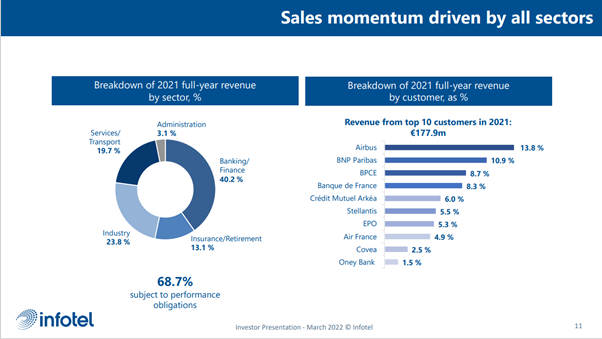

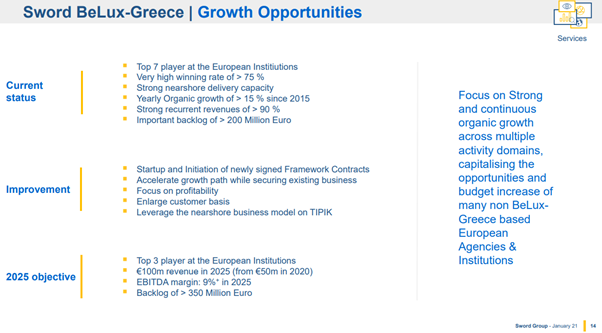




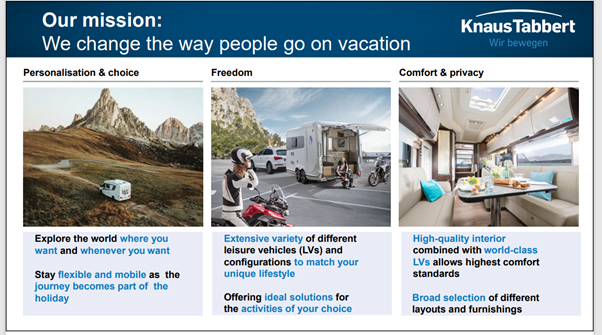
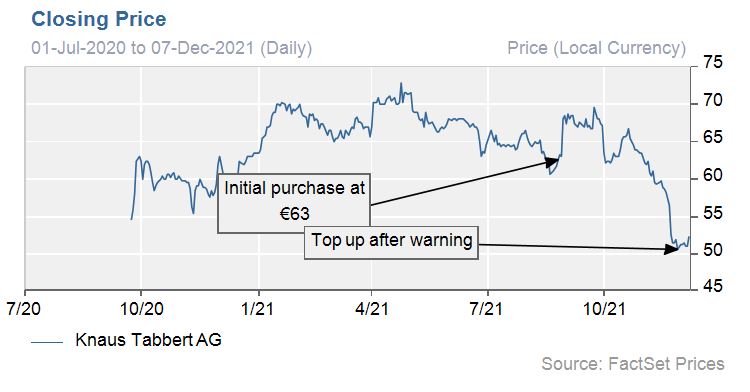
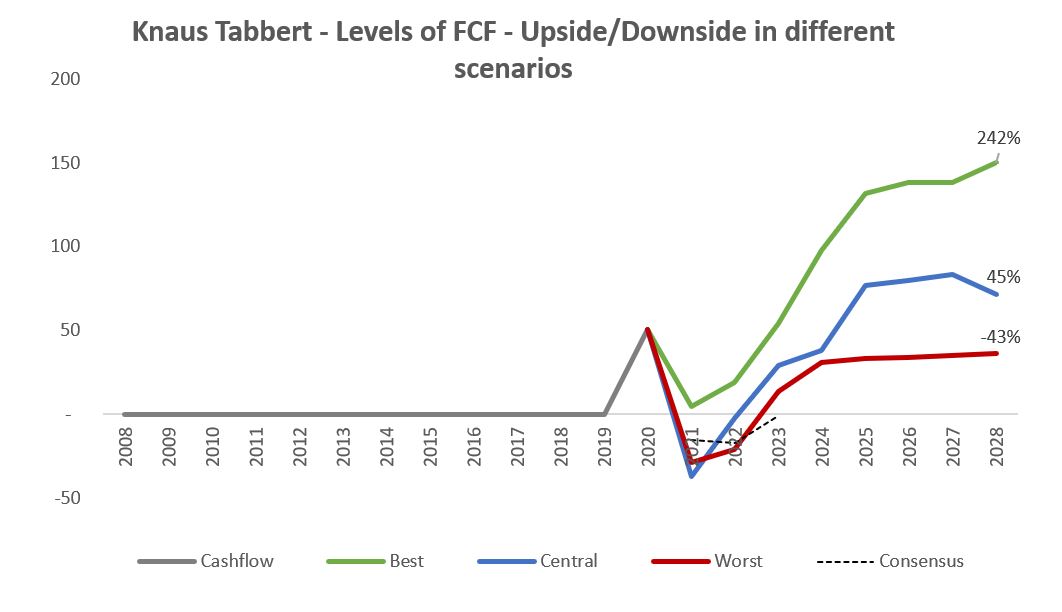
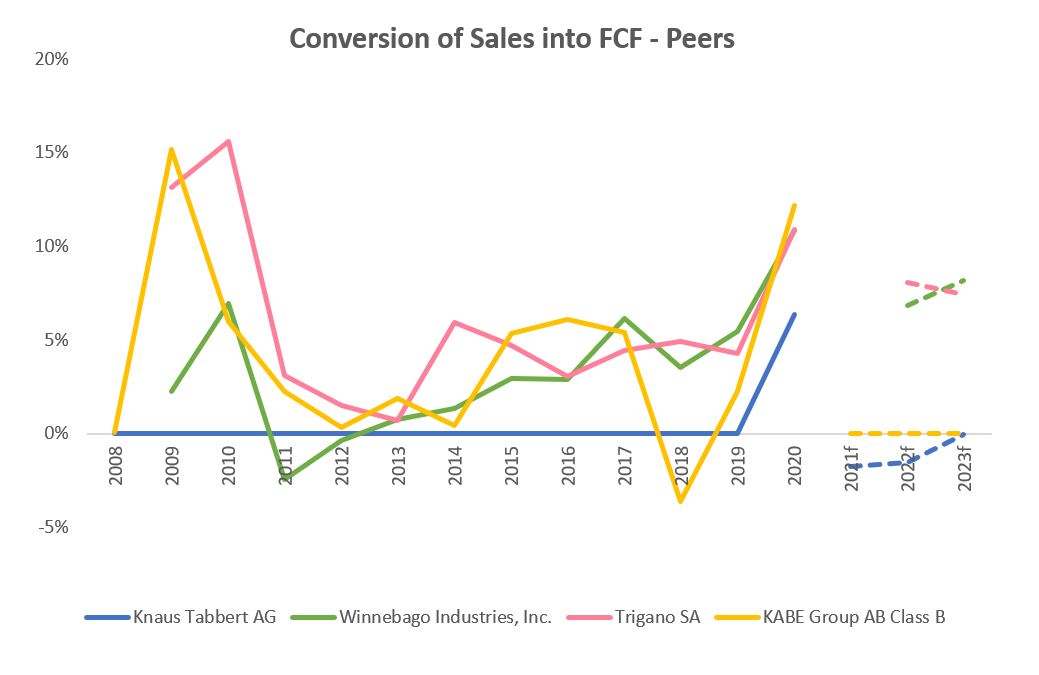

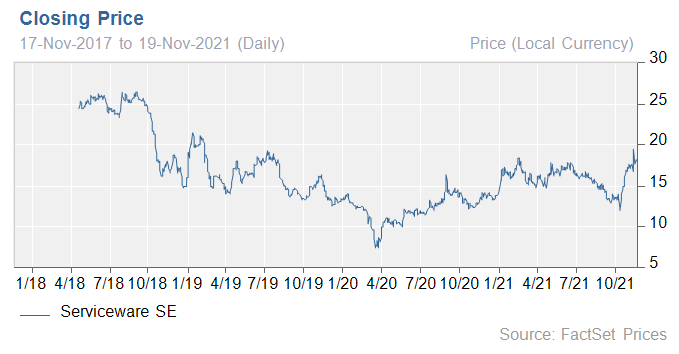
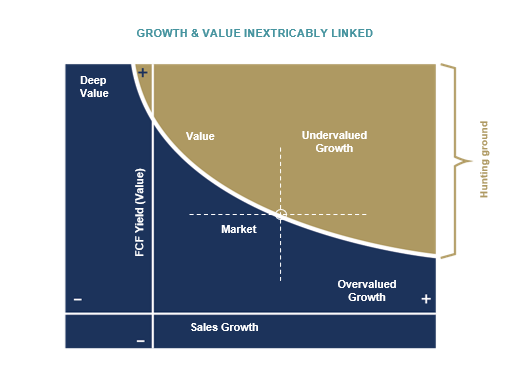
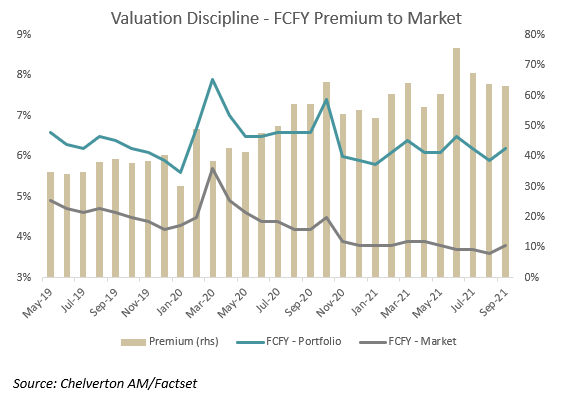
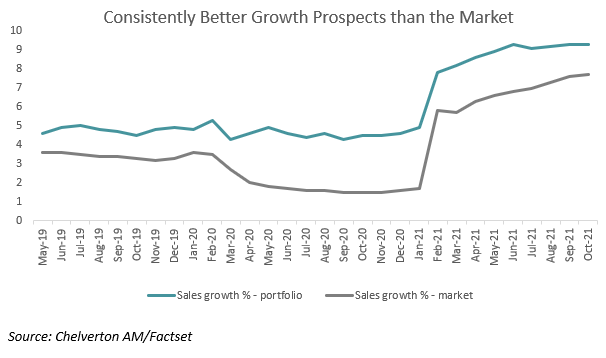



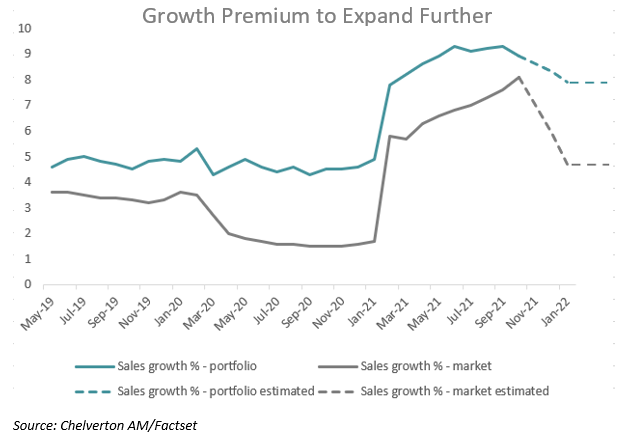

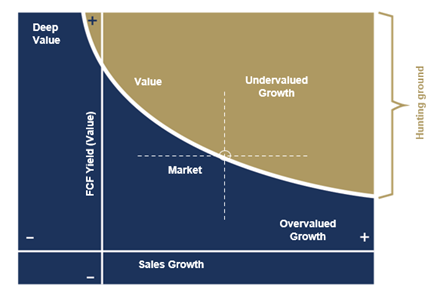





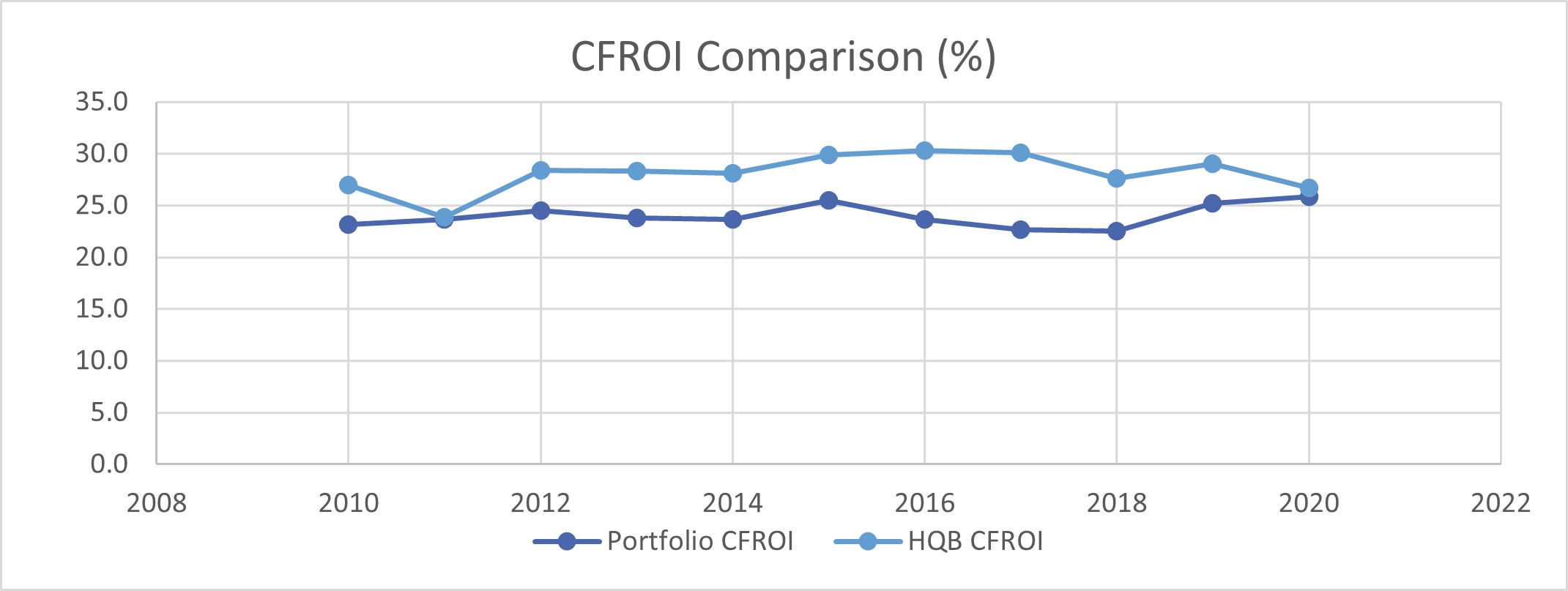
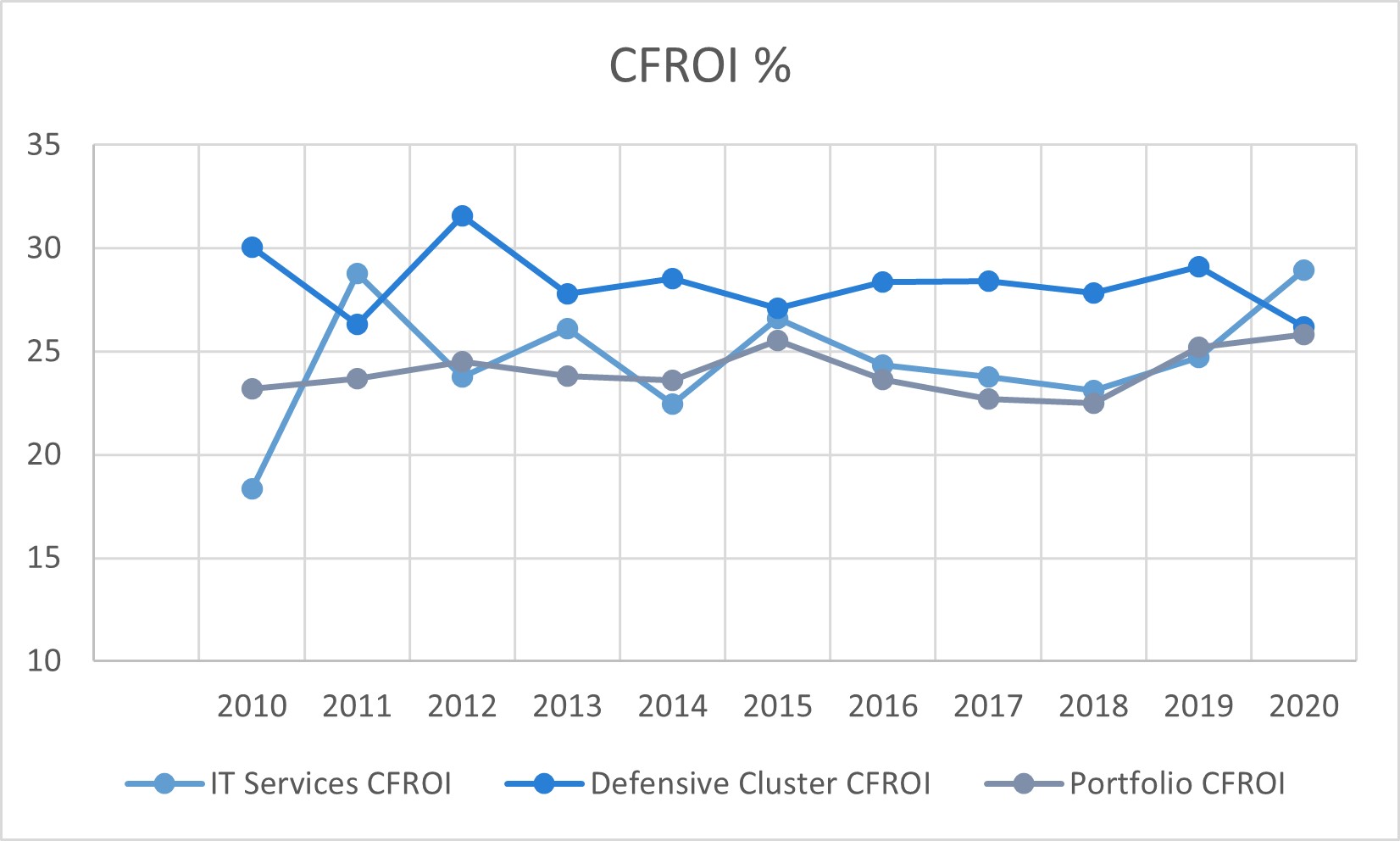
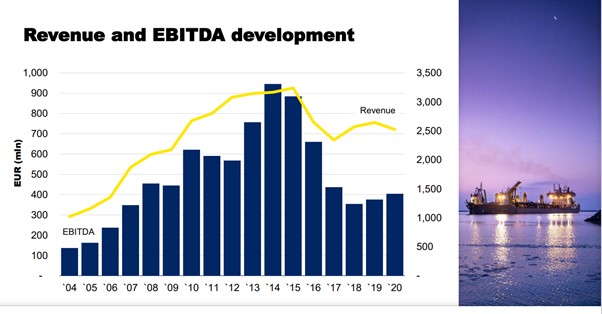
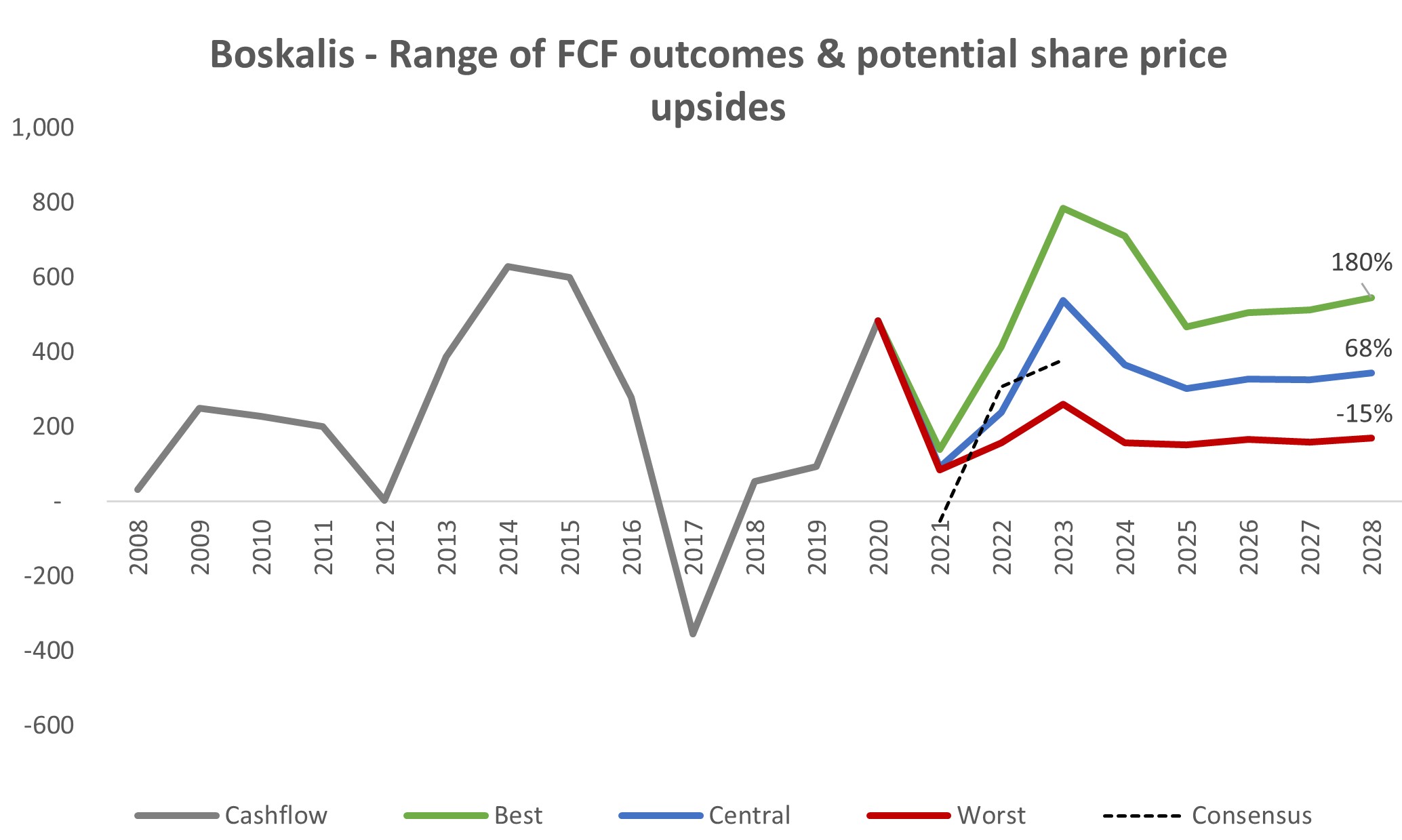
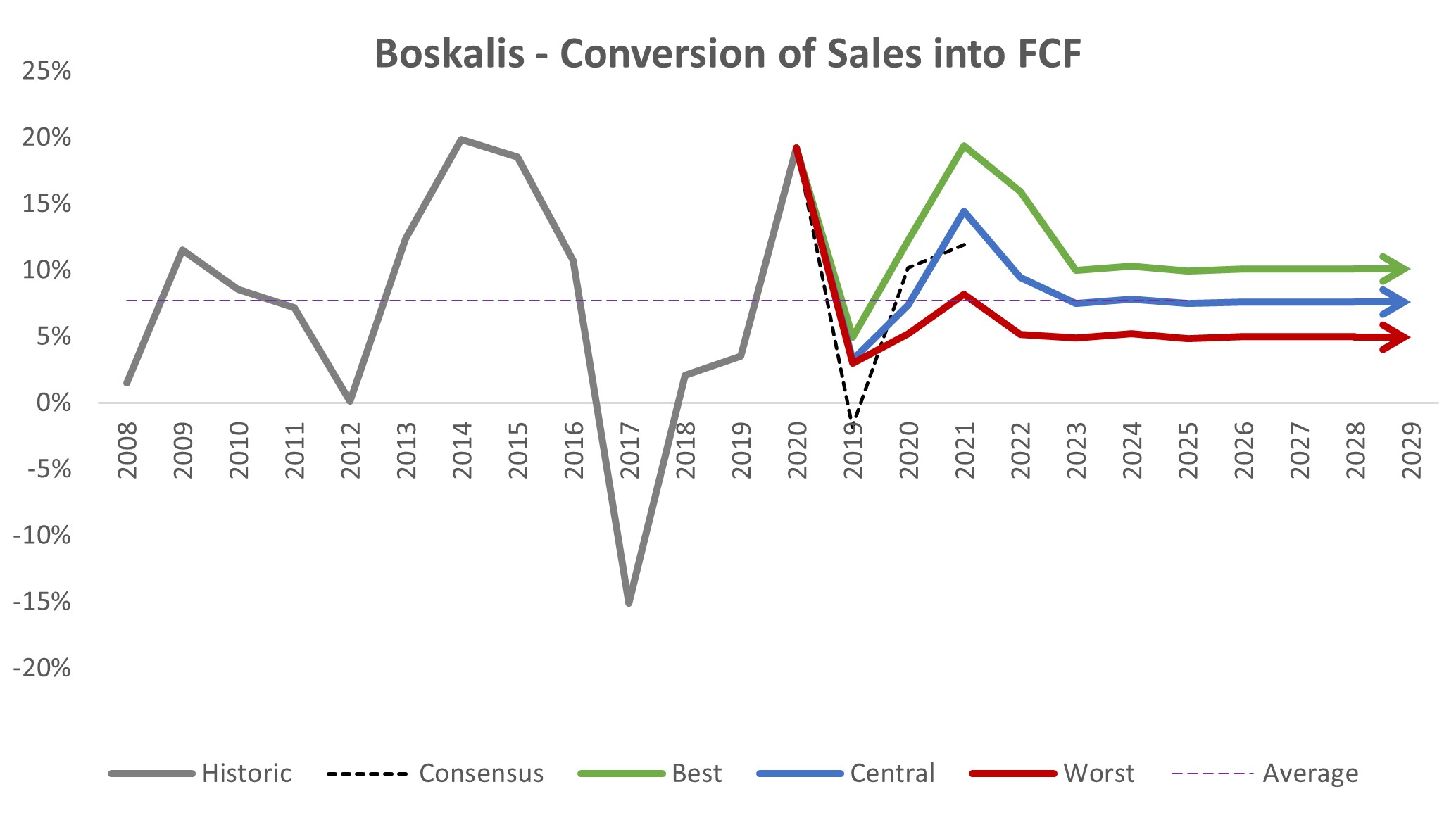

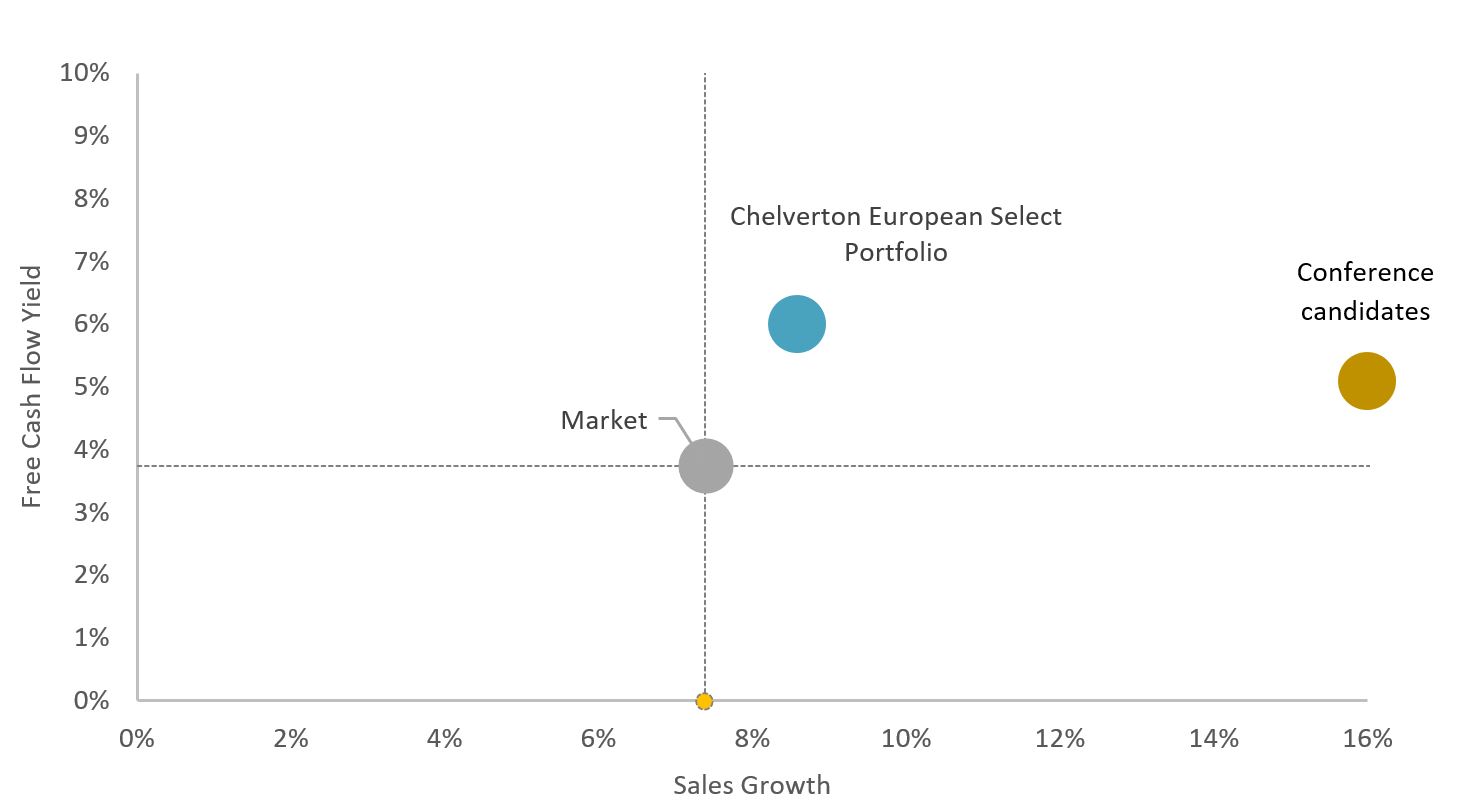
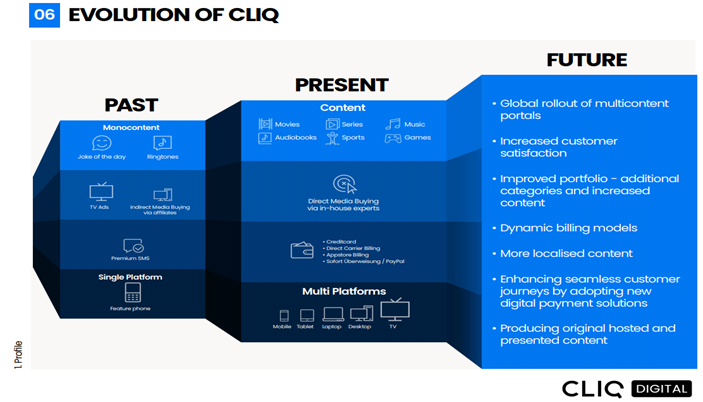 Source: Cliq Digital
Source: Cliq Digital